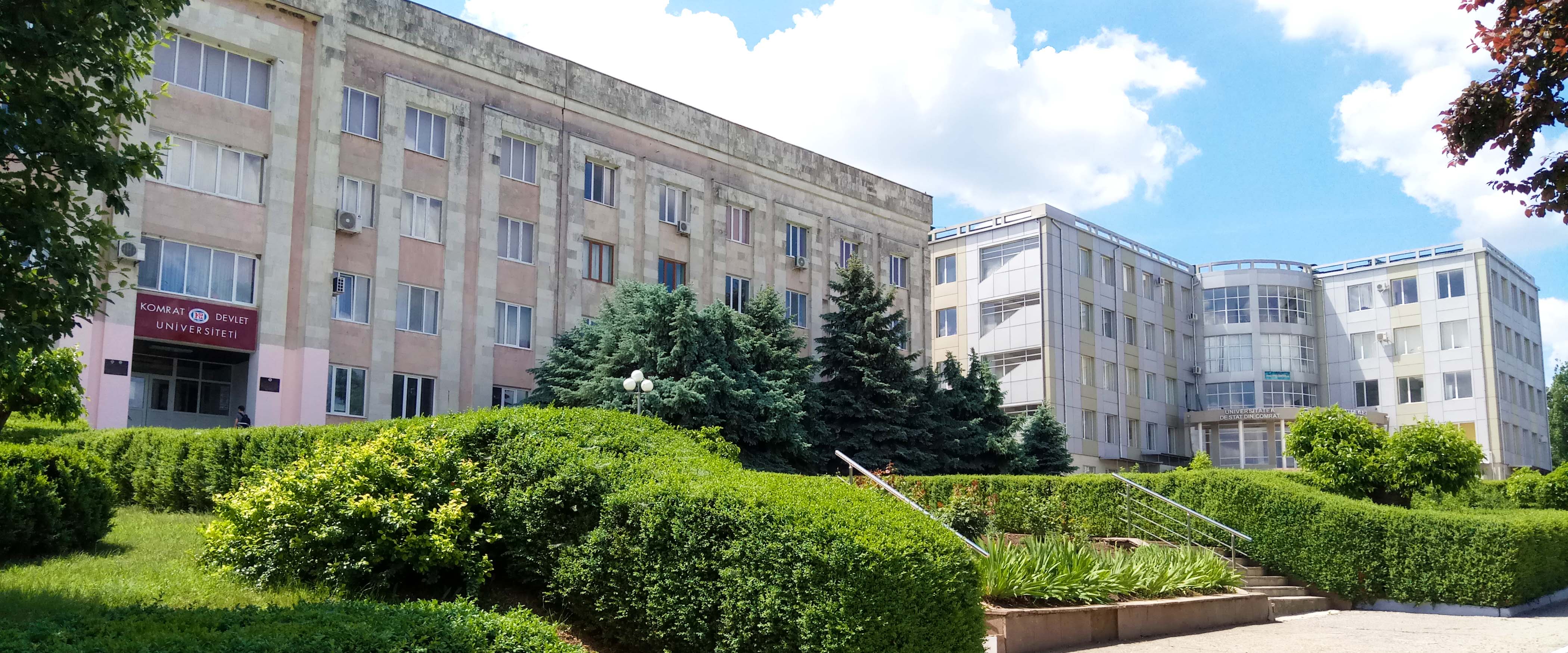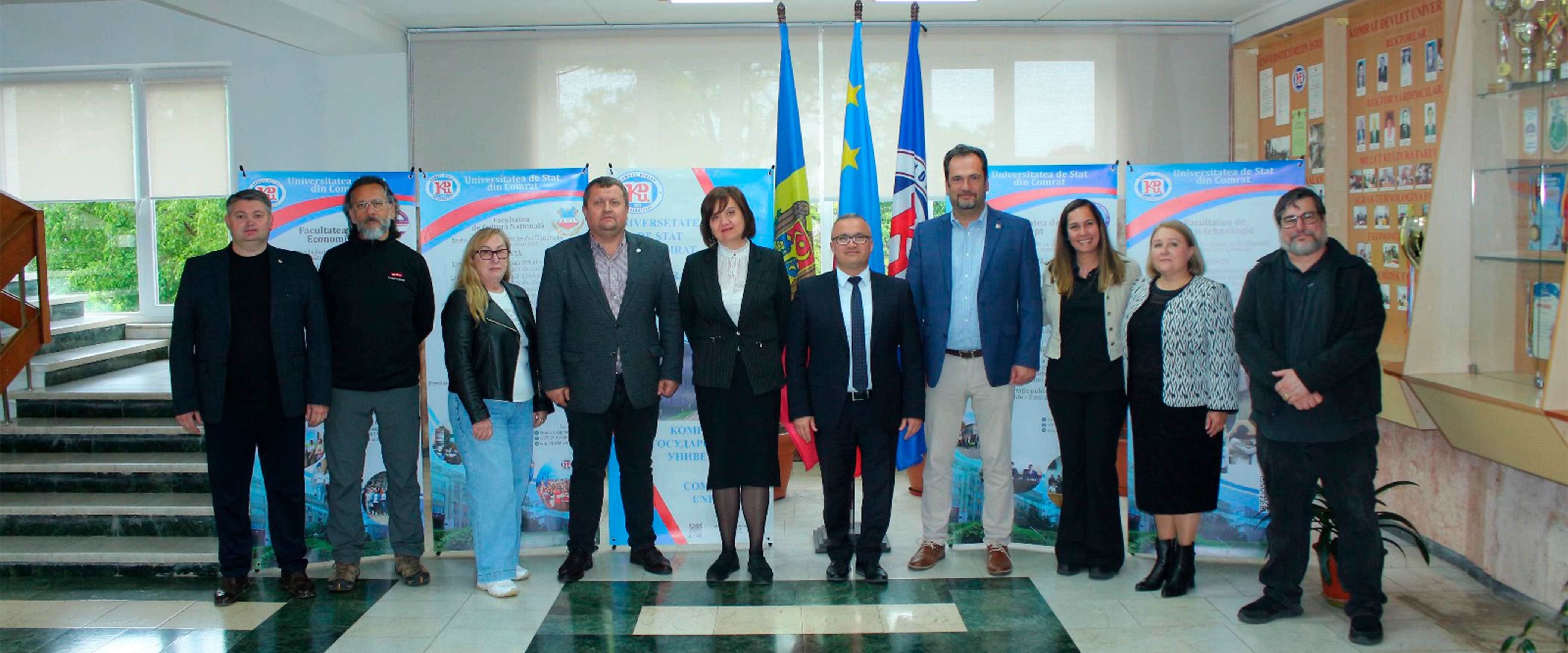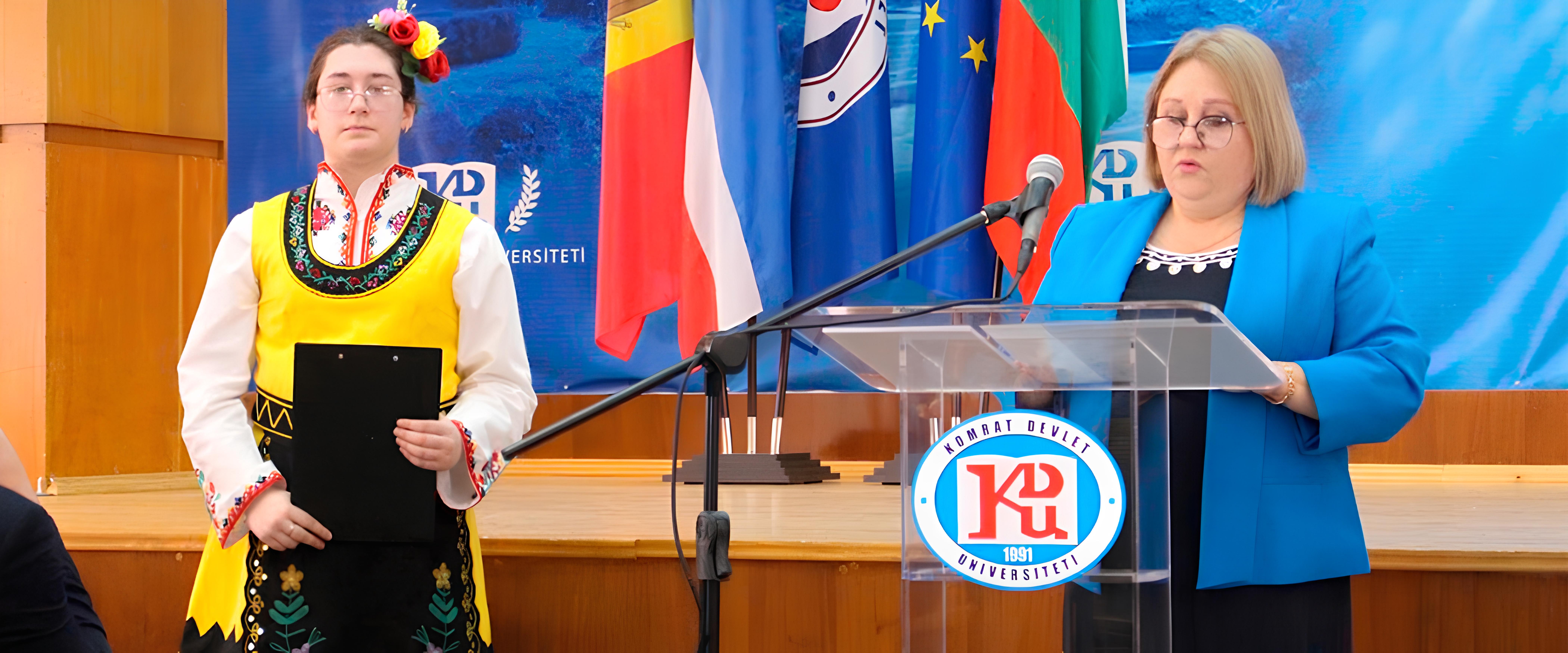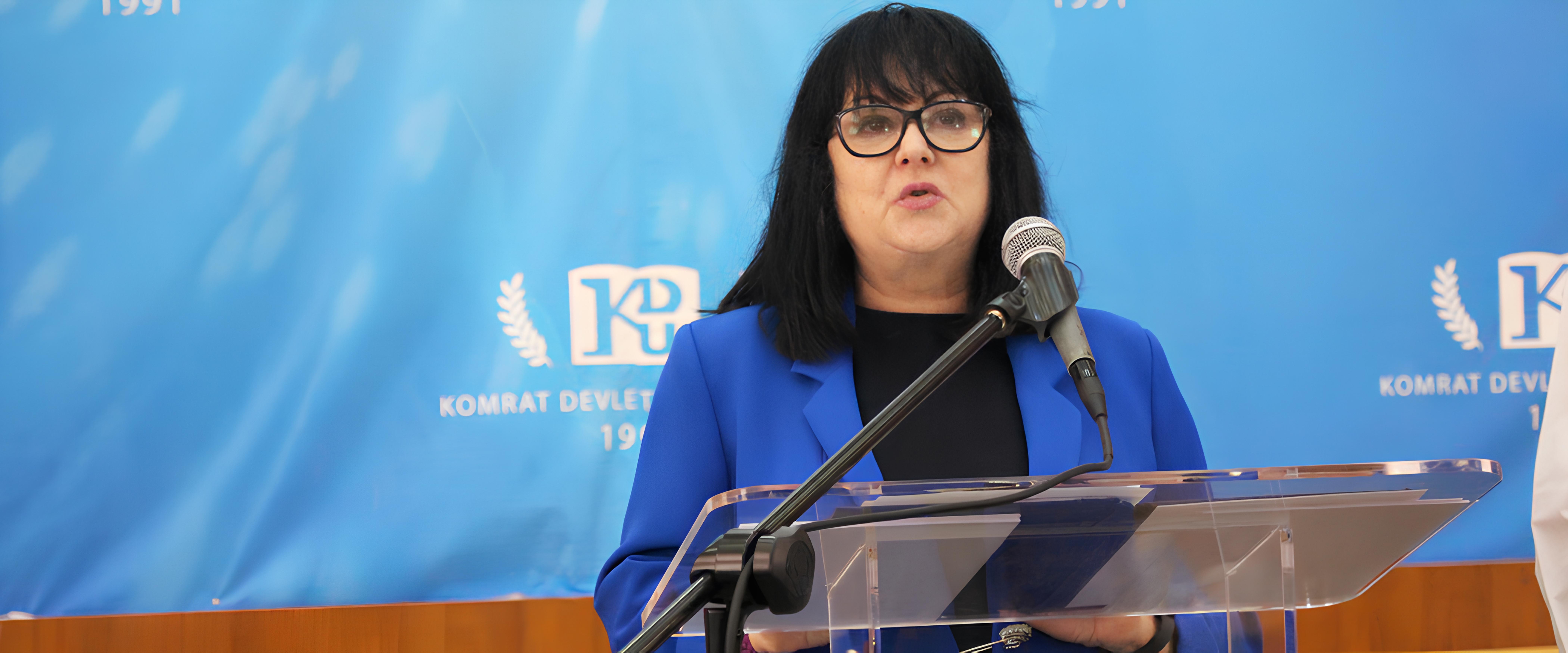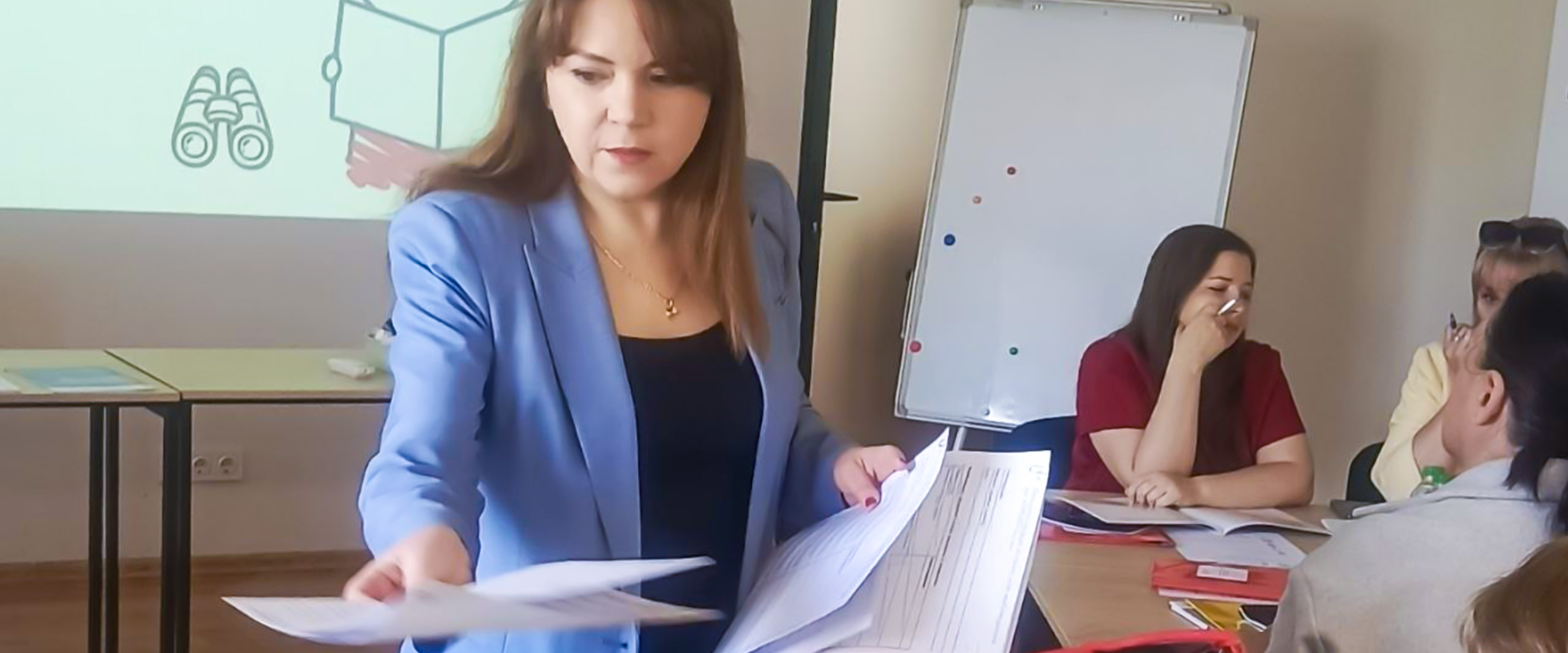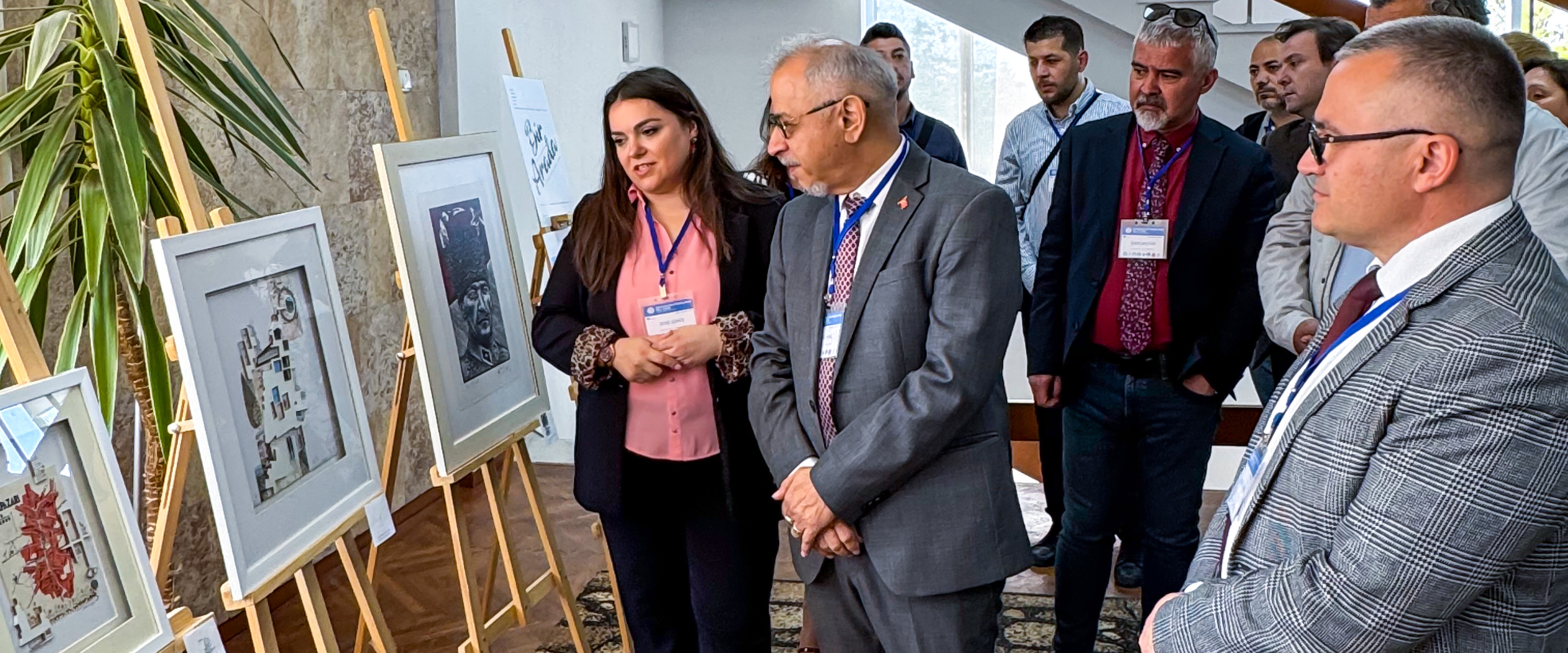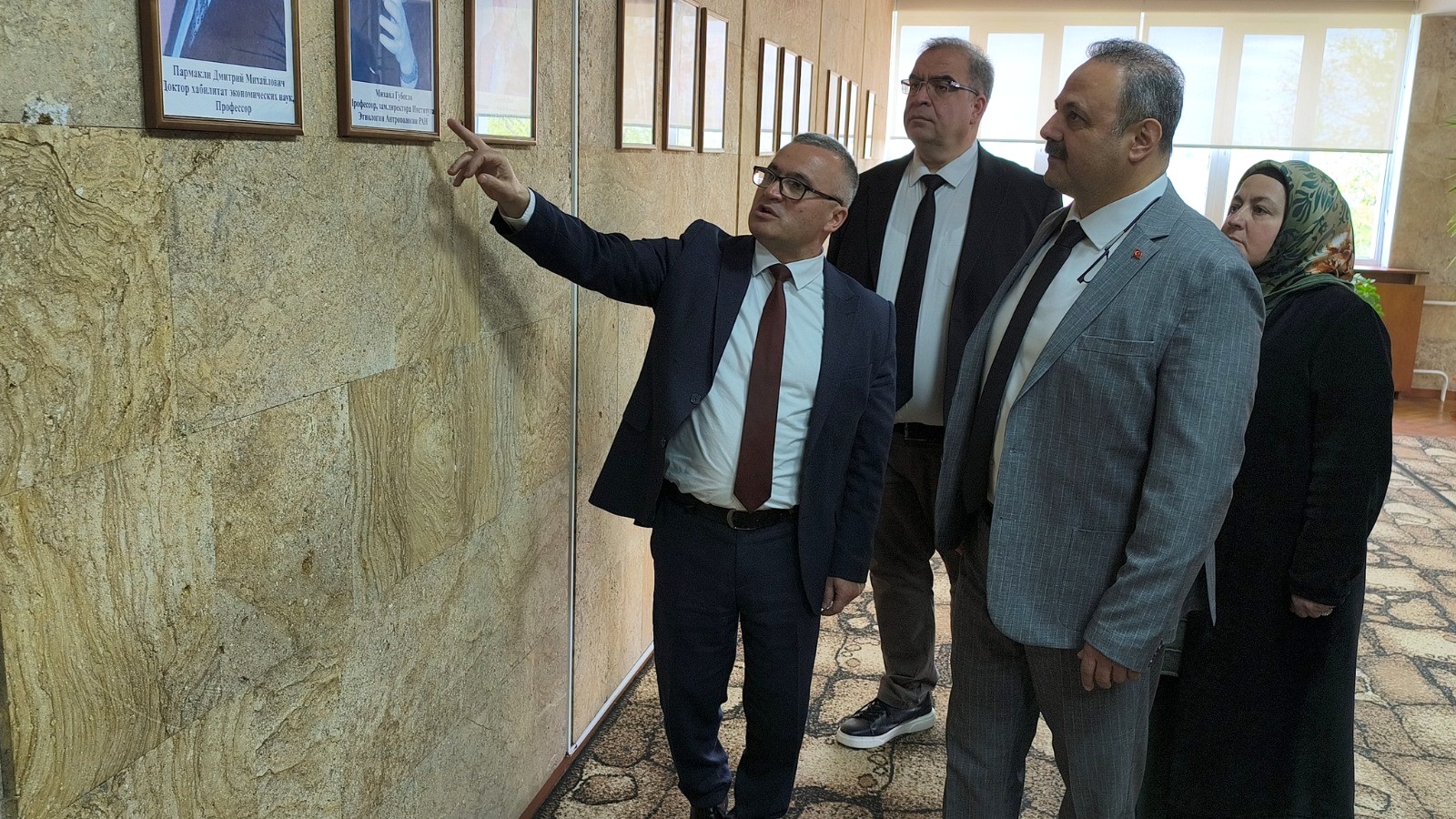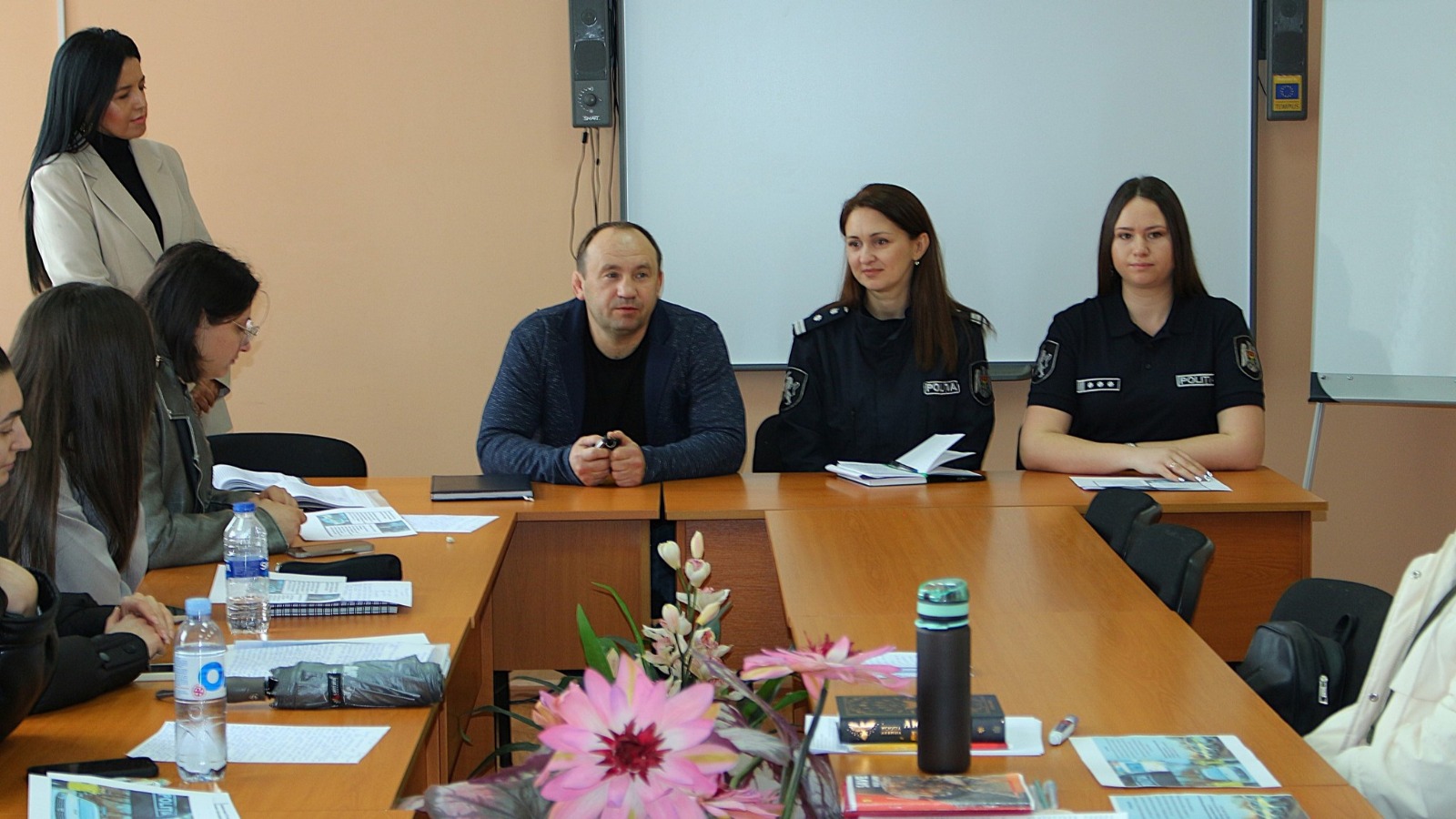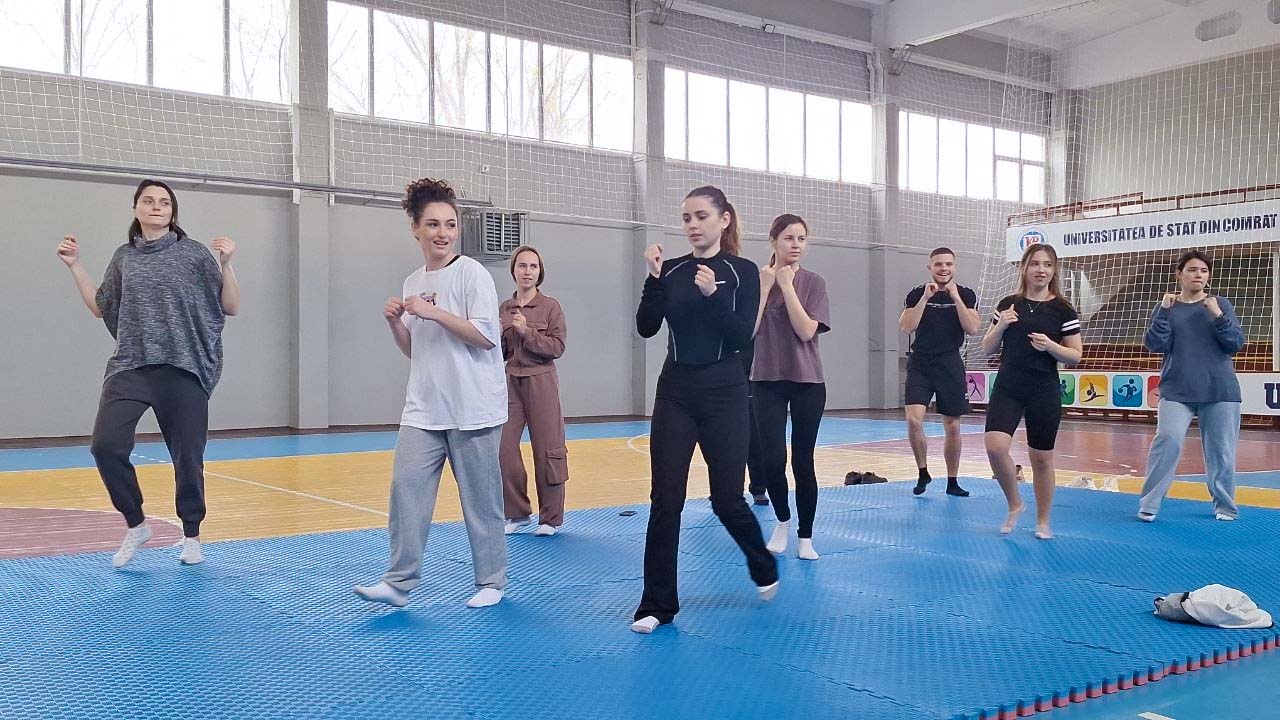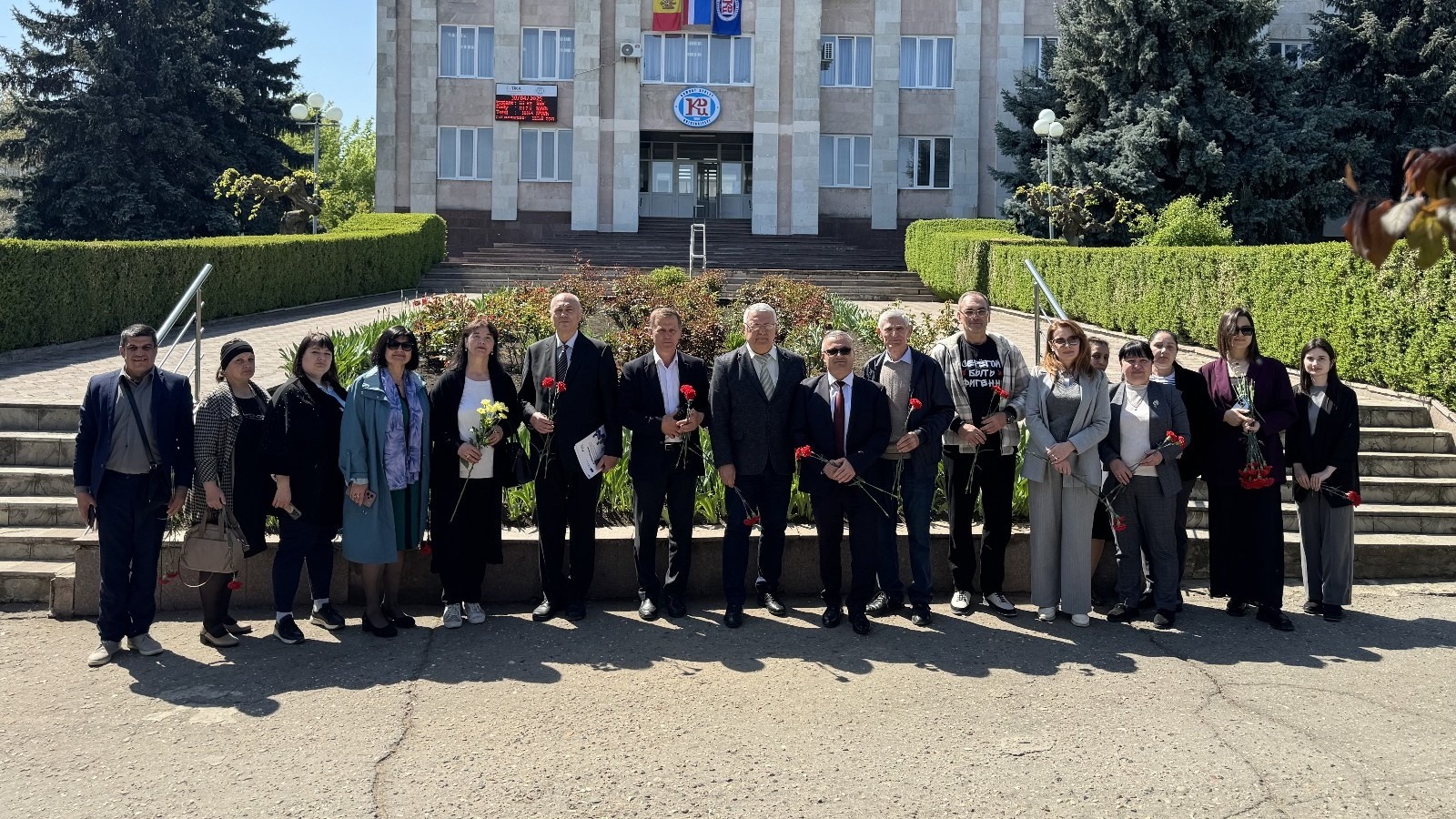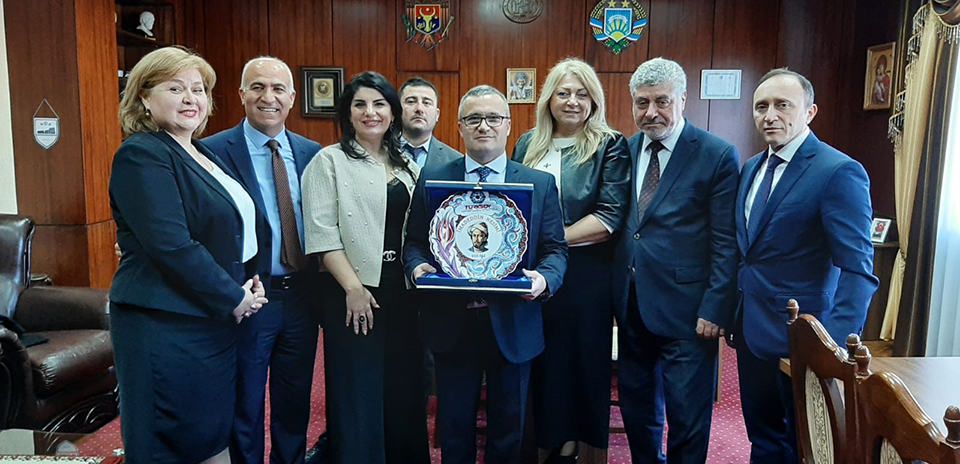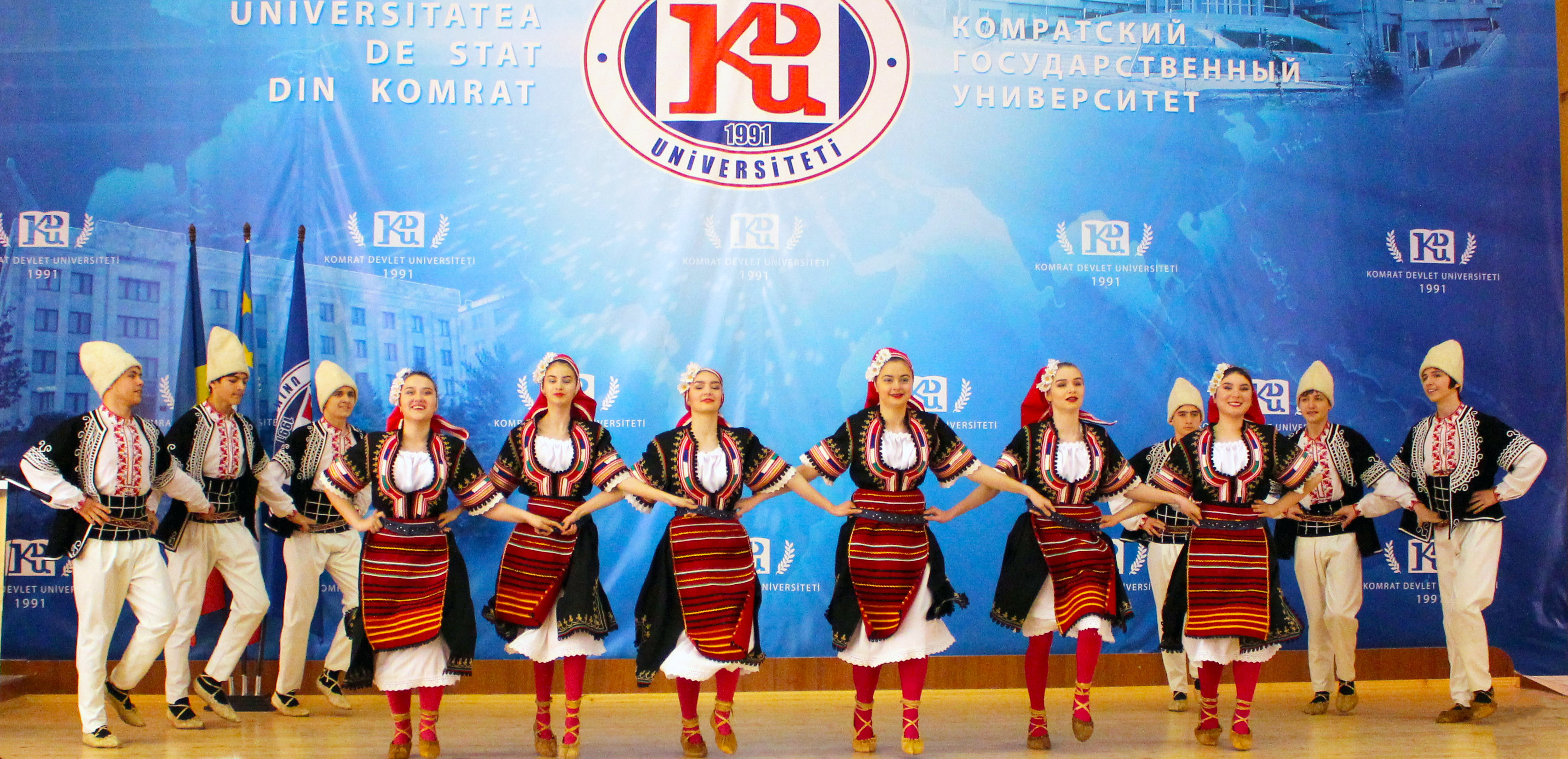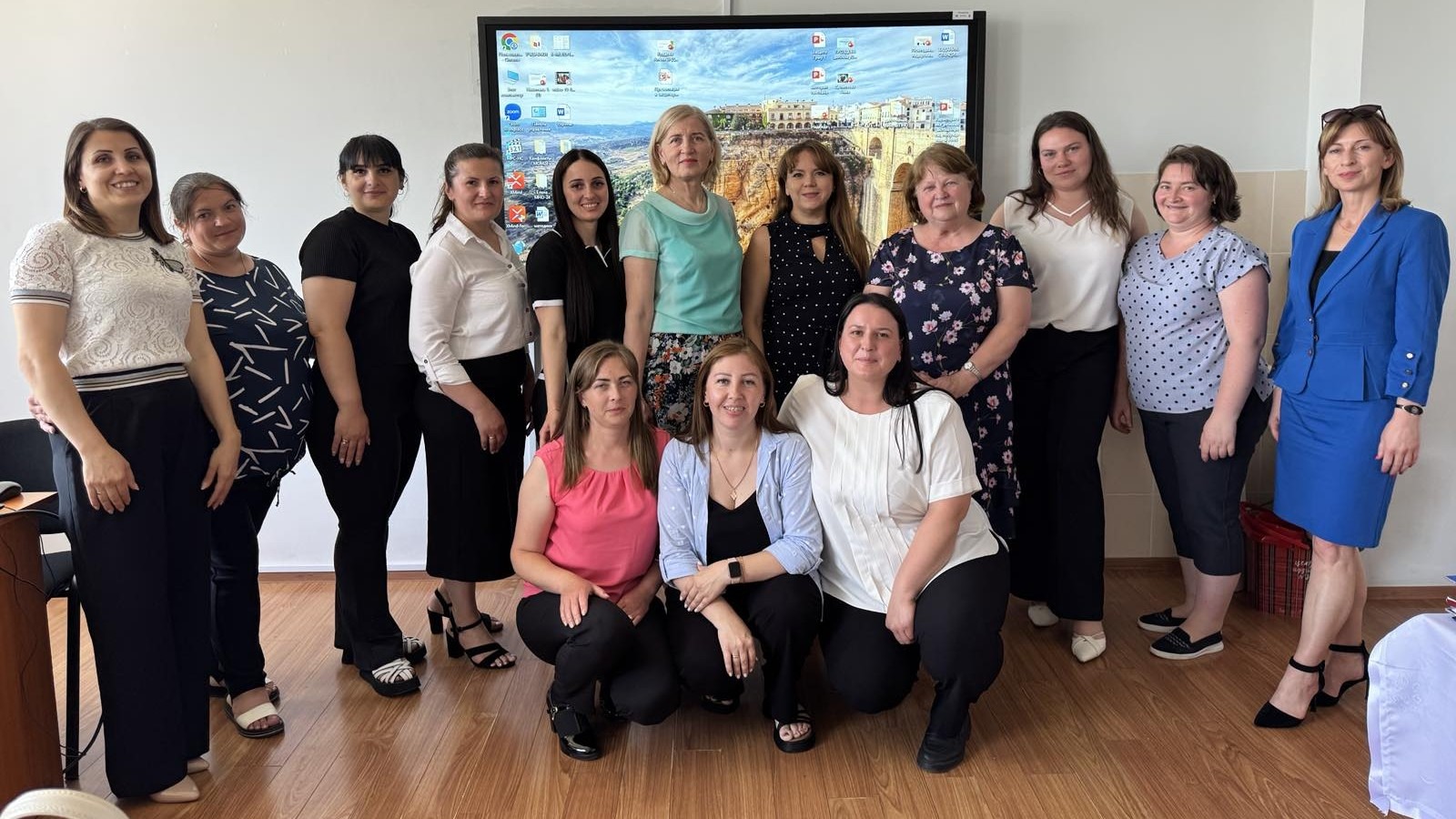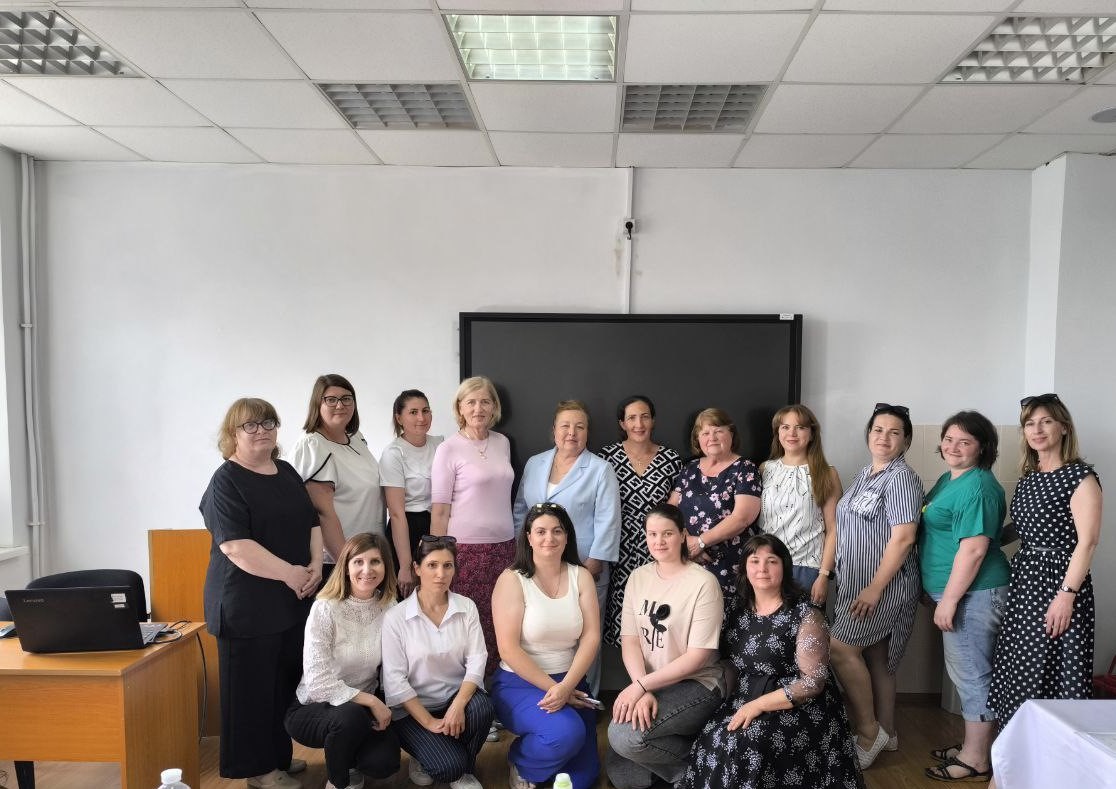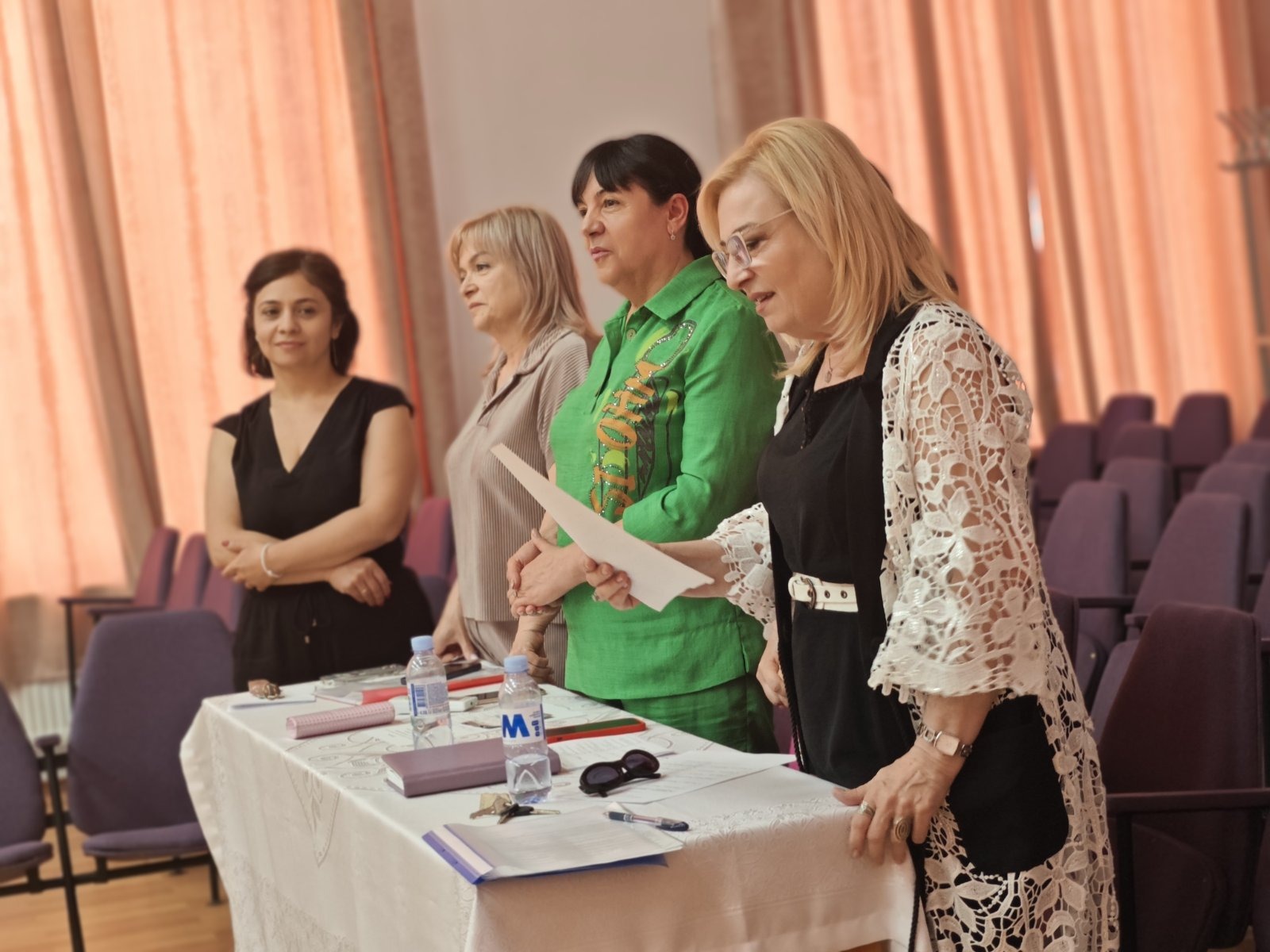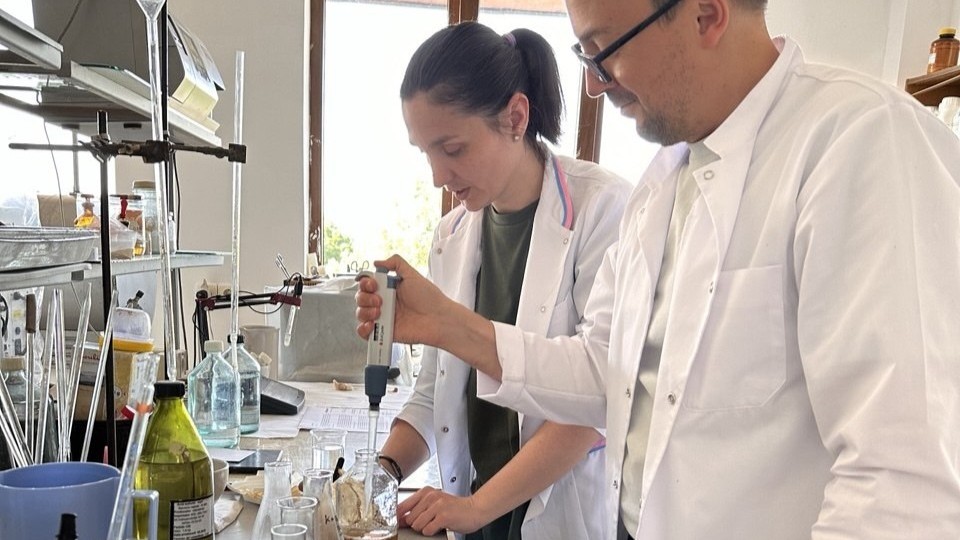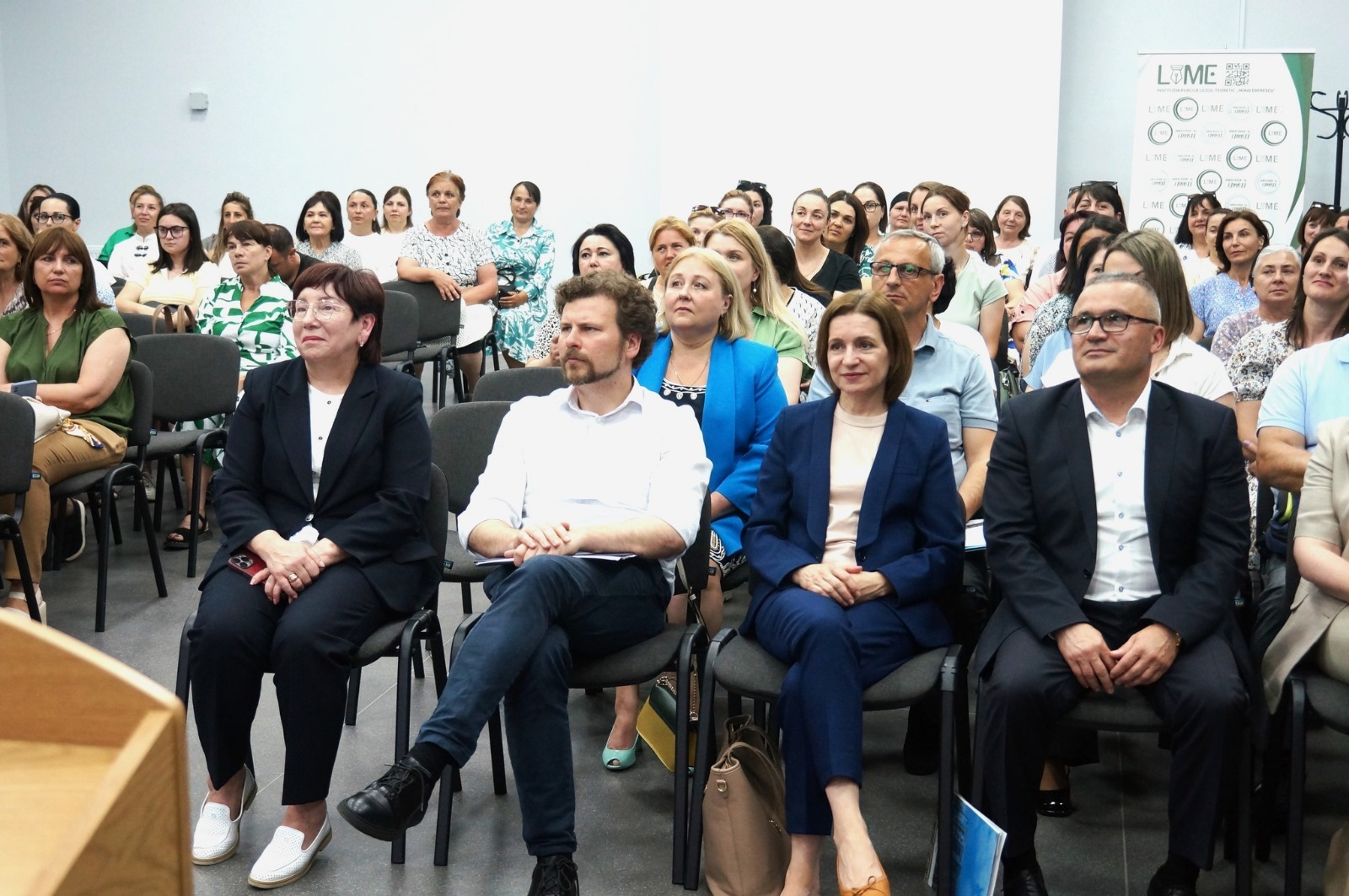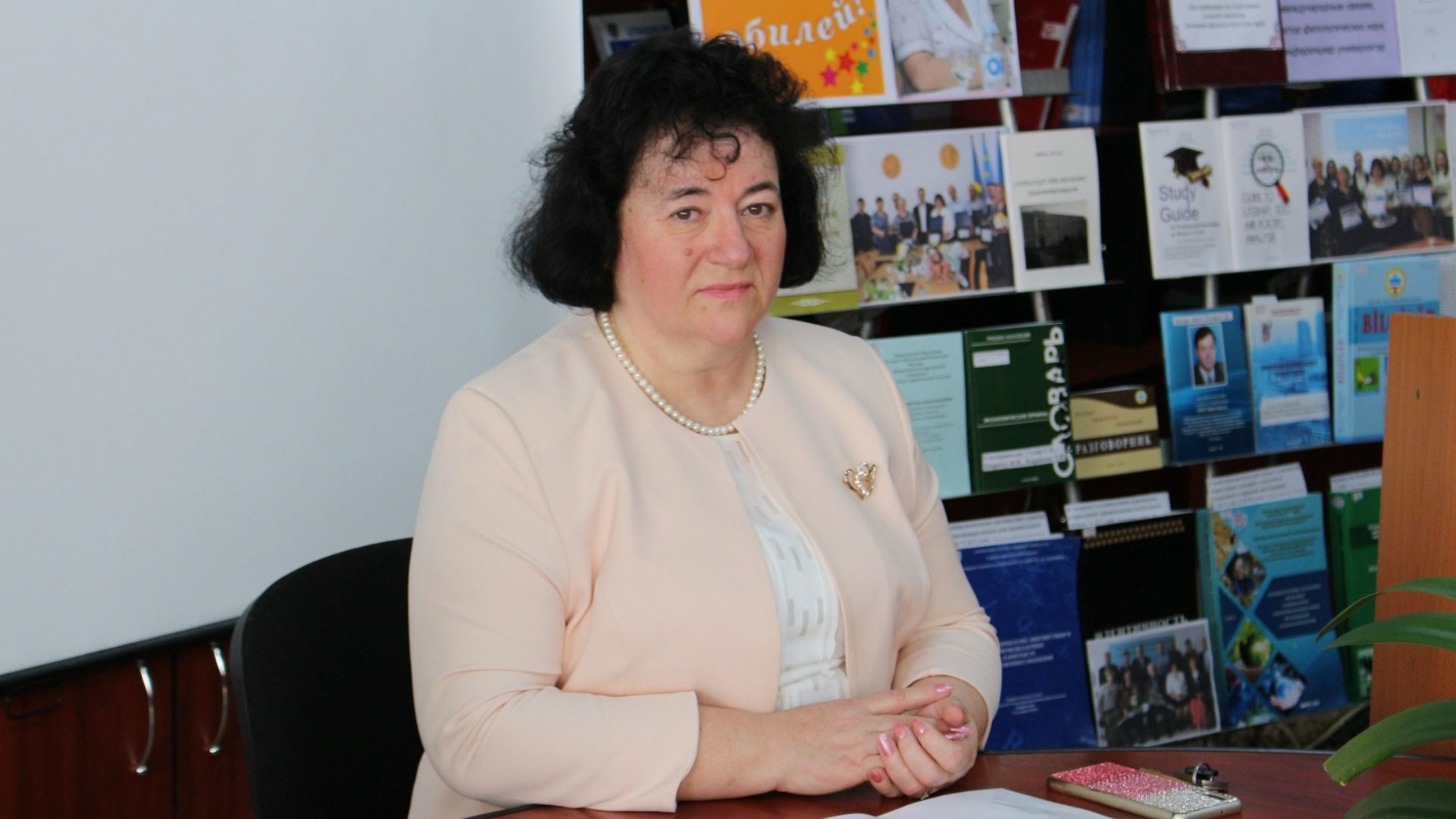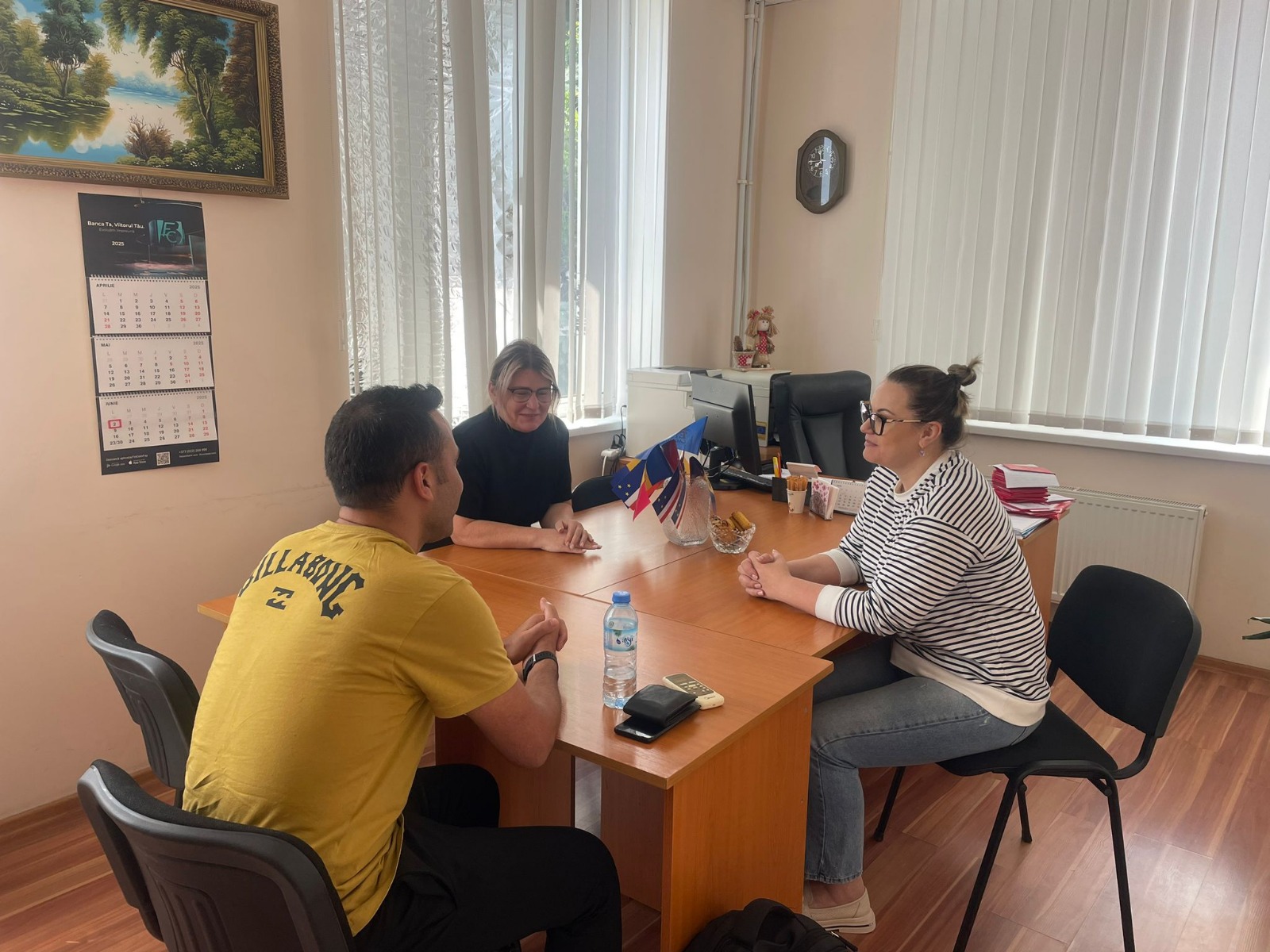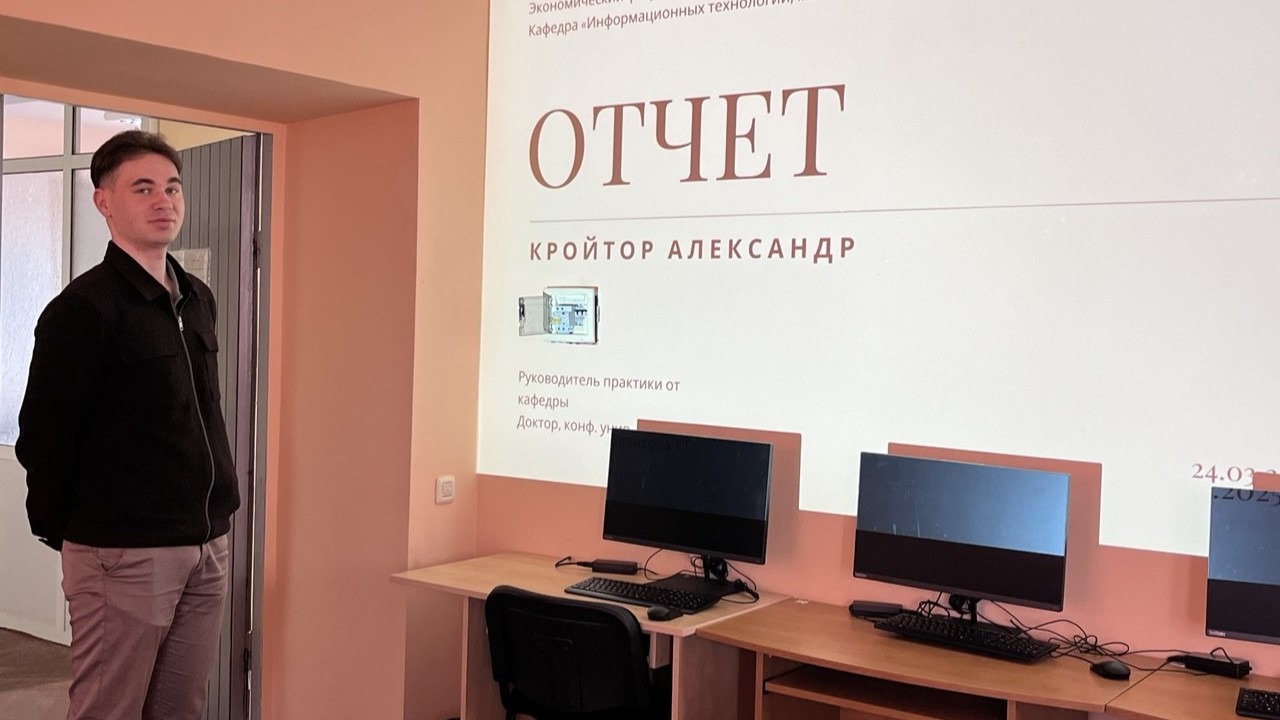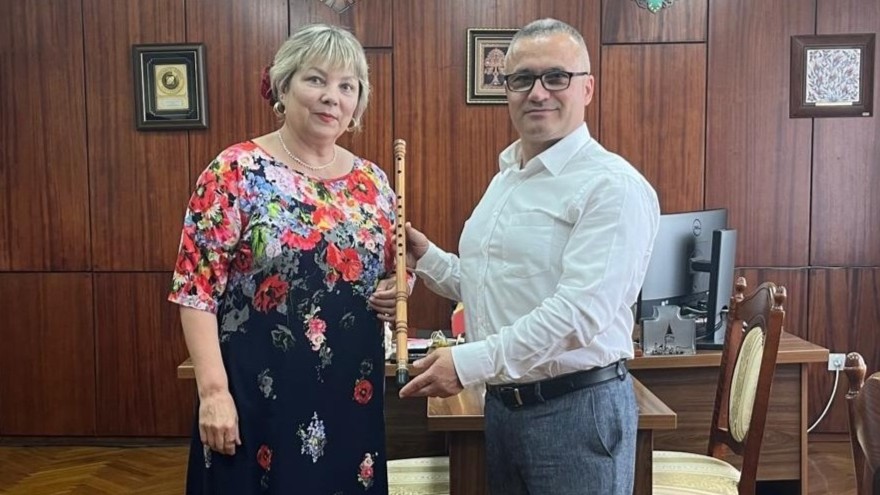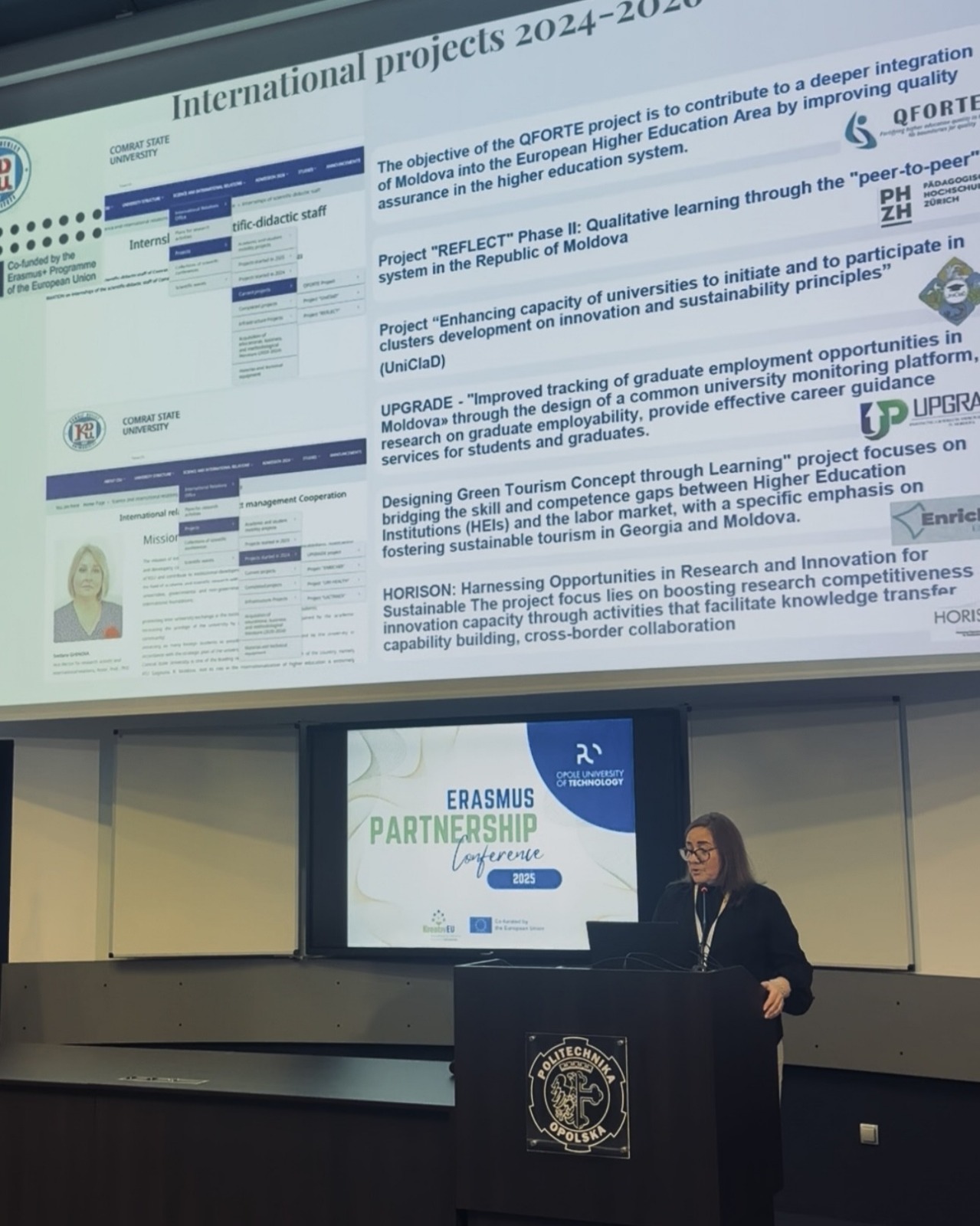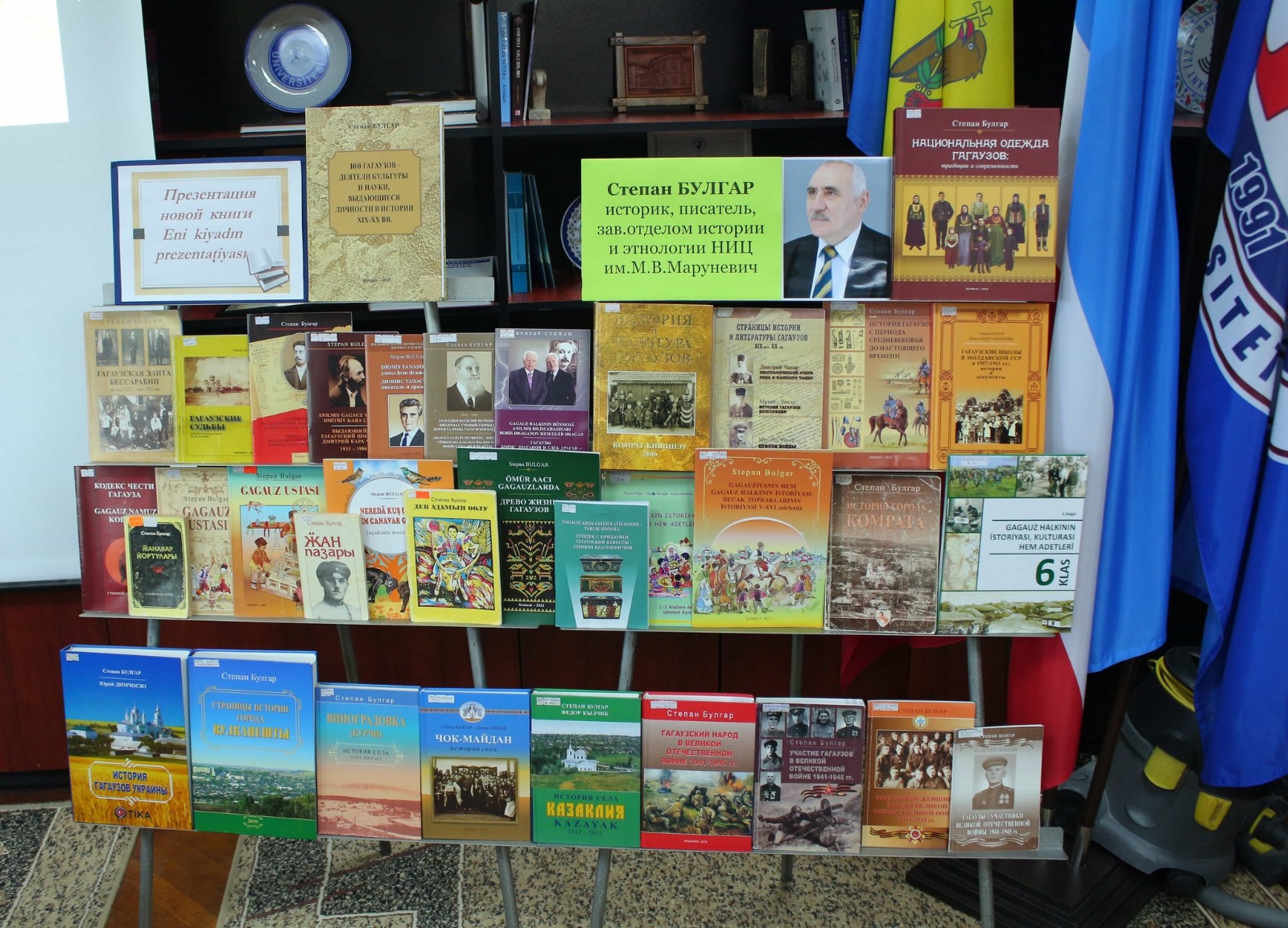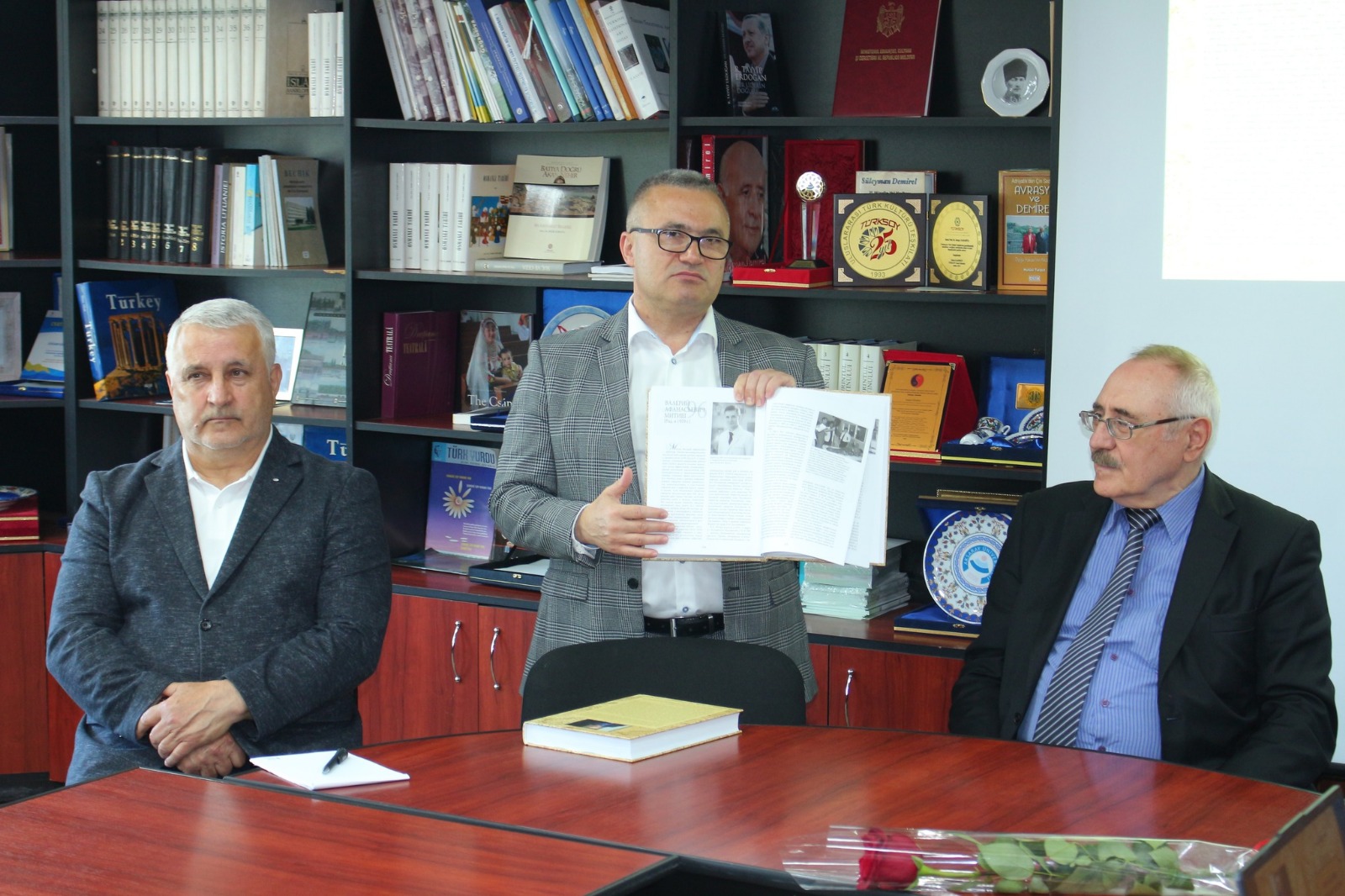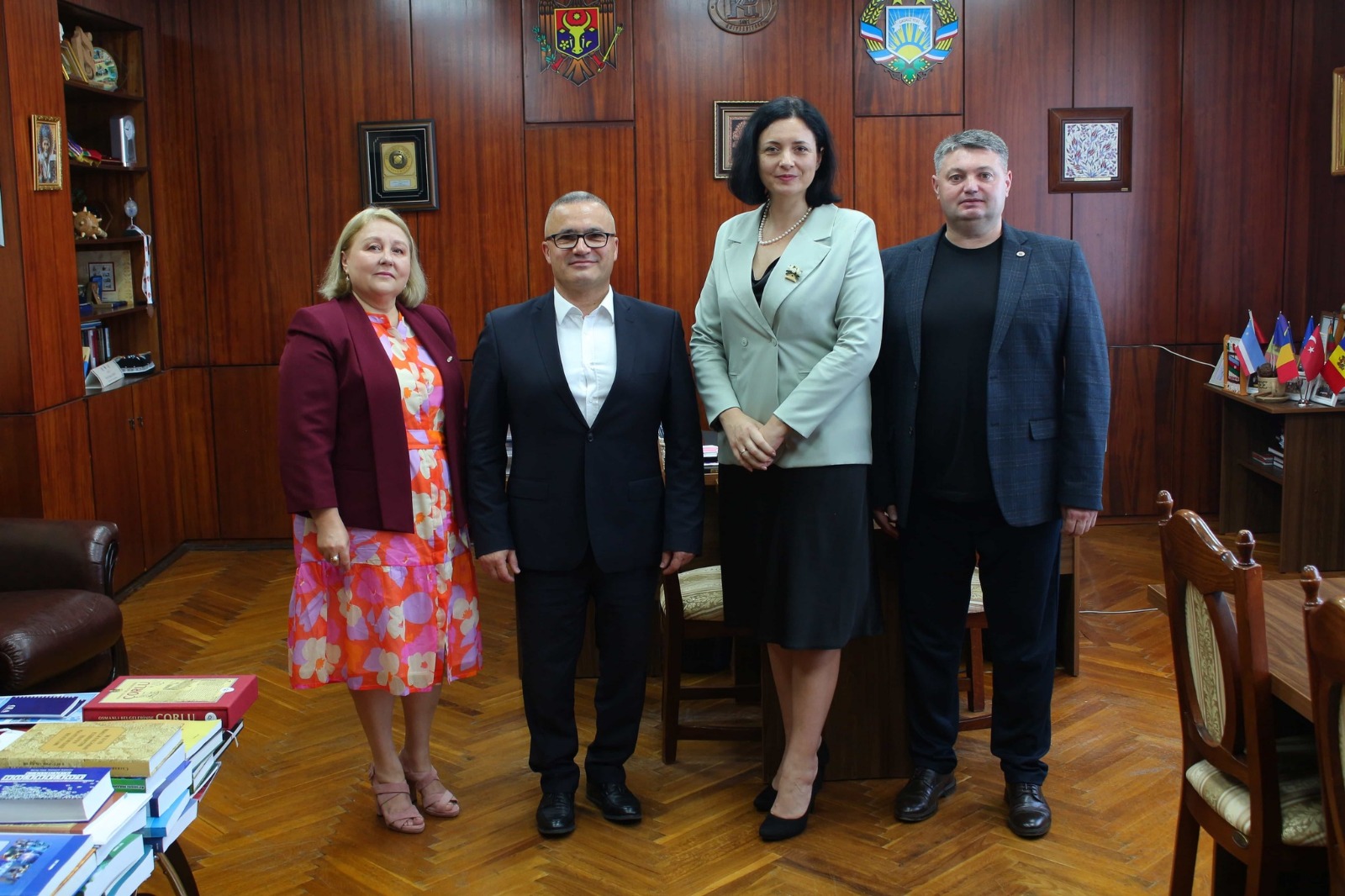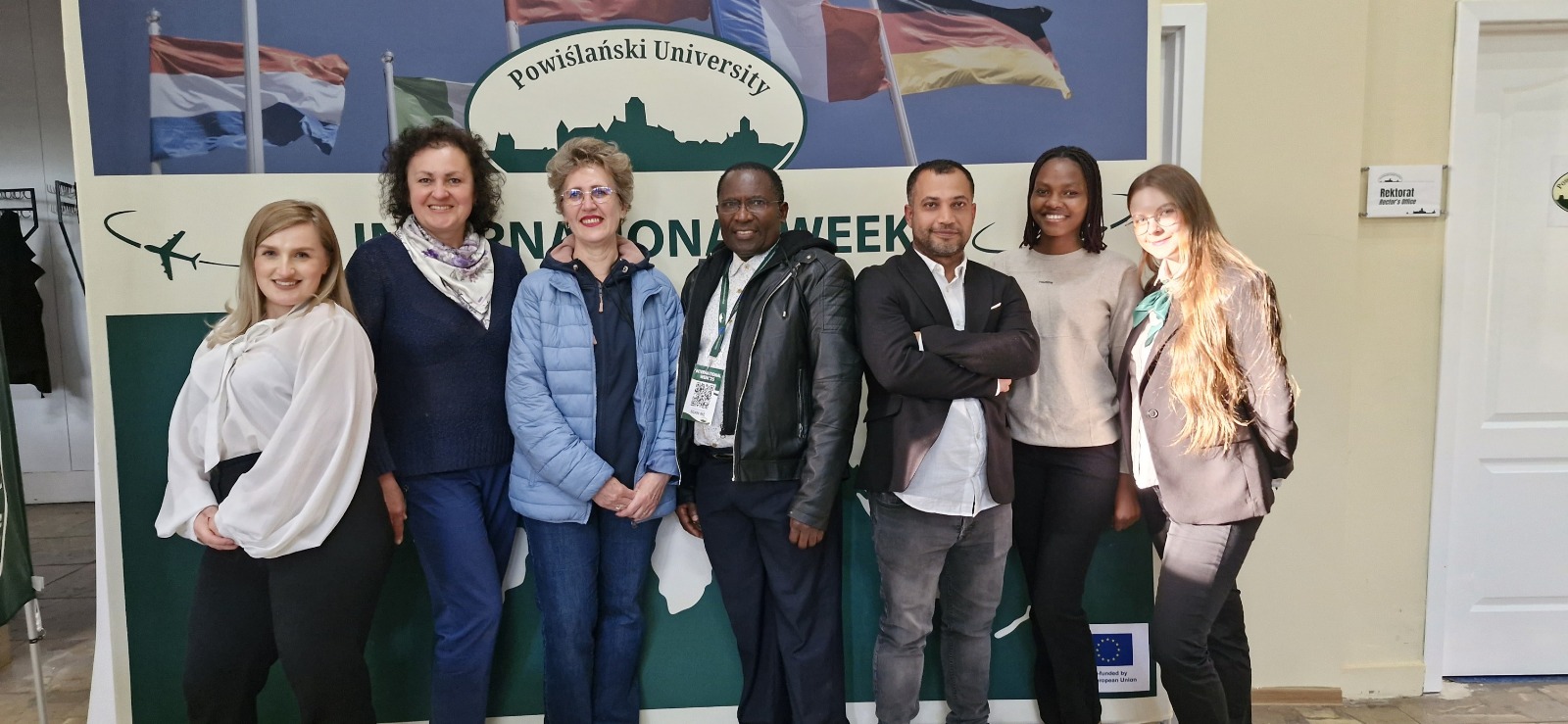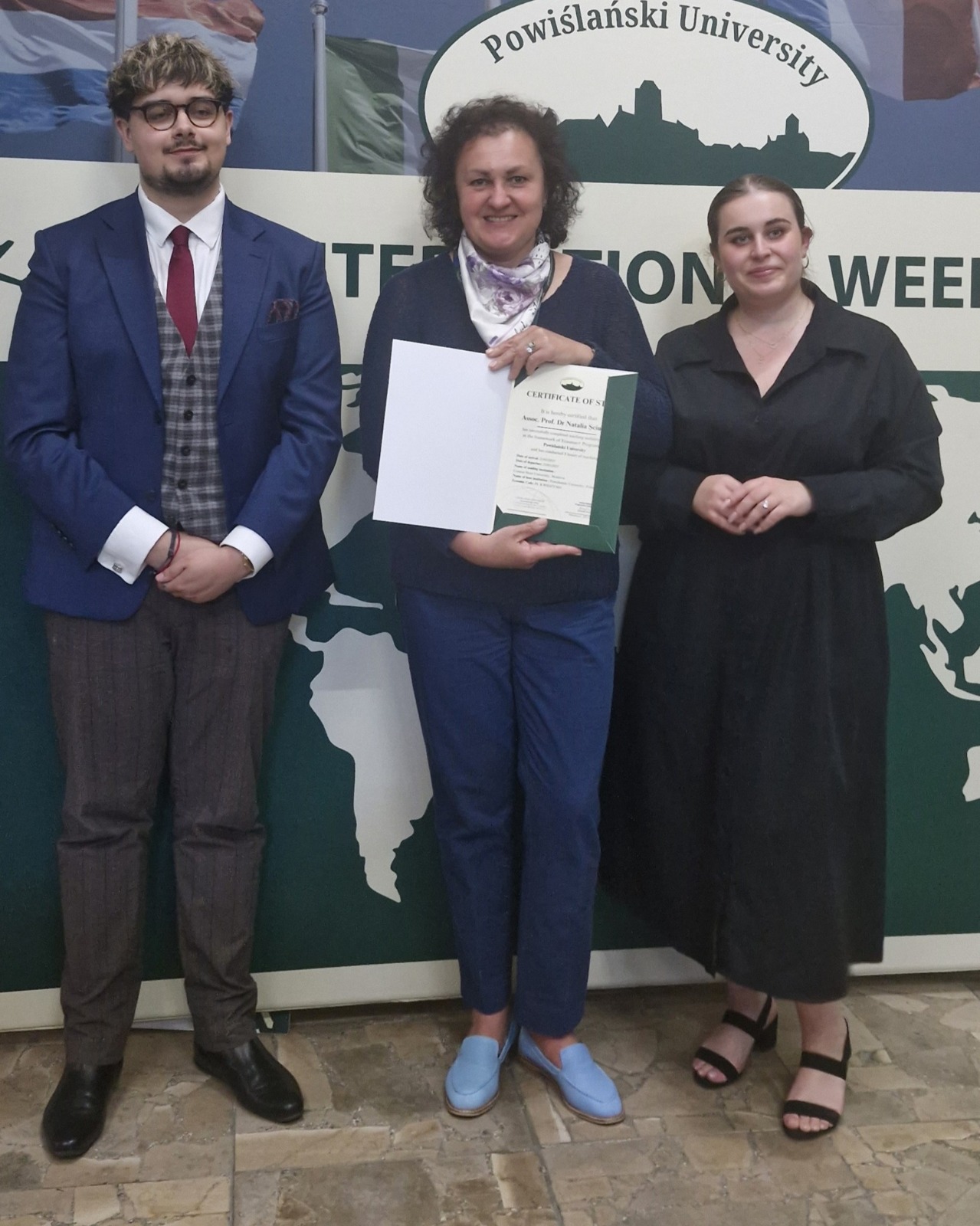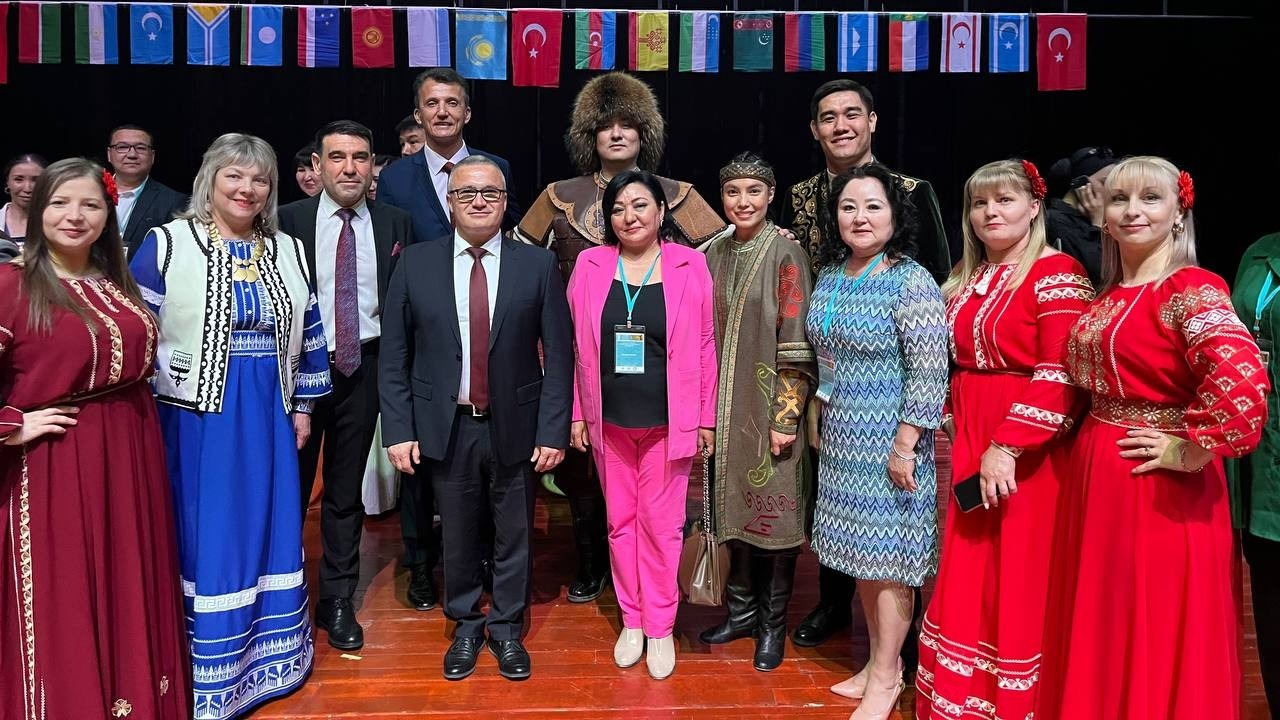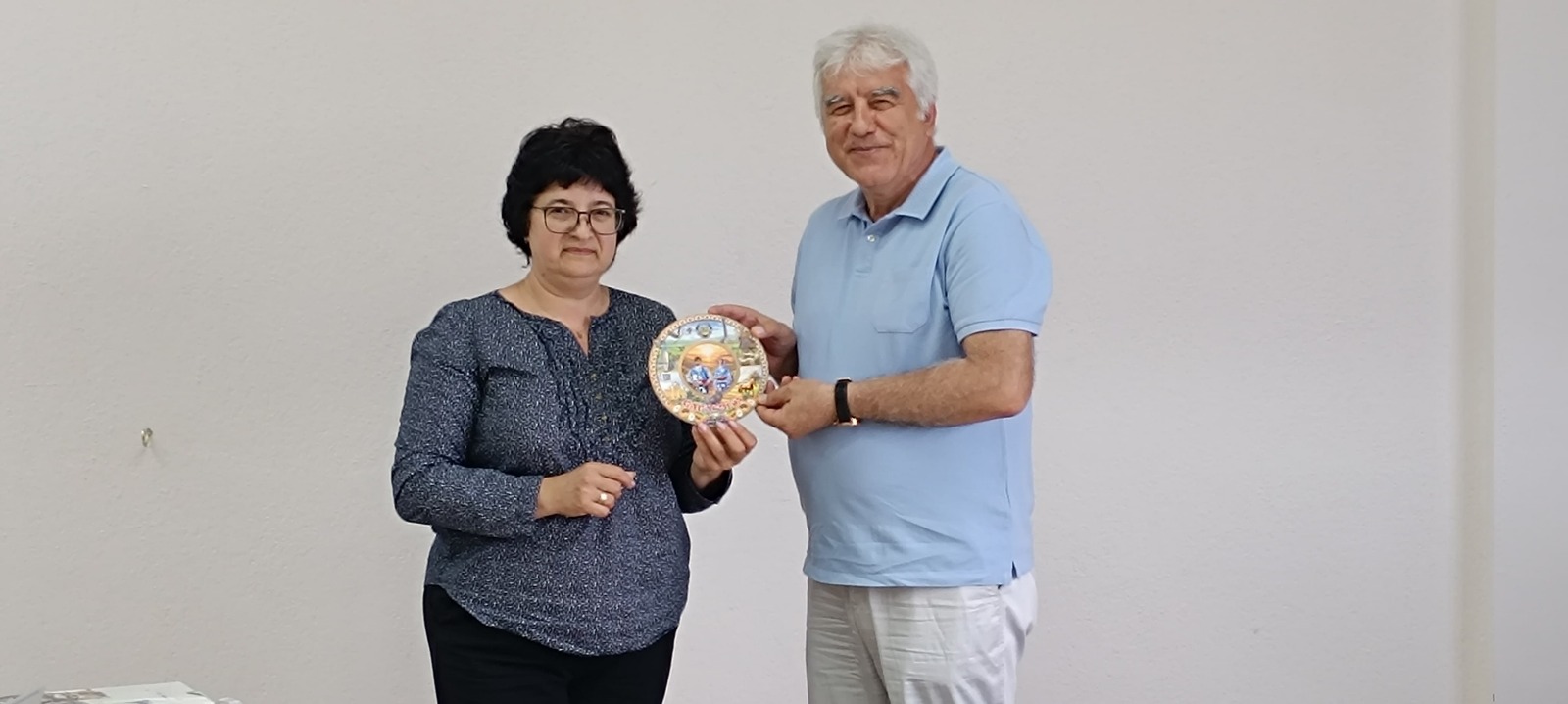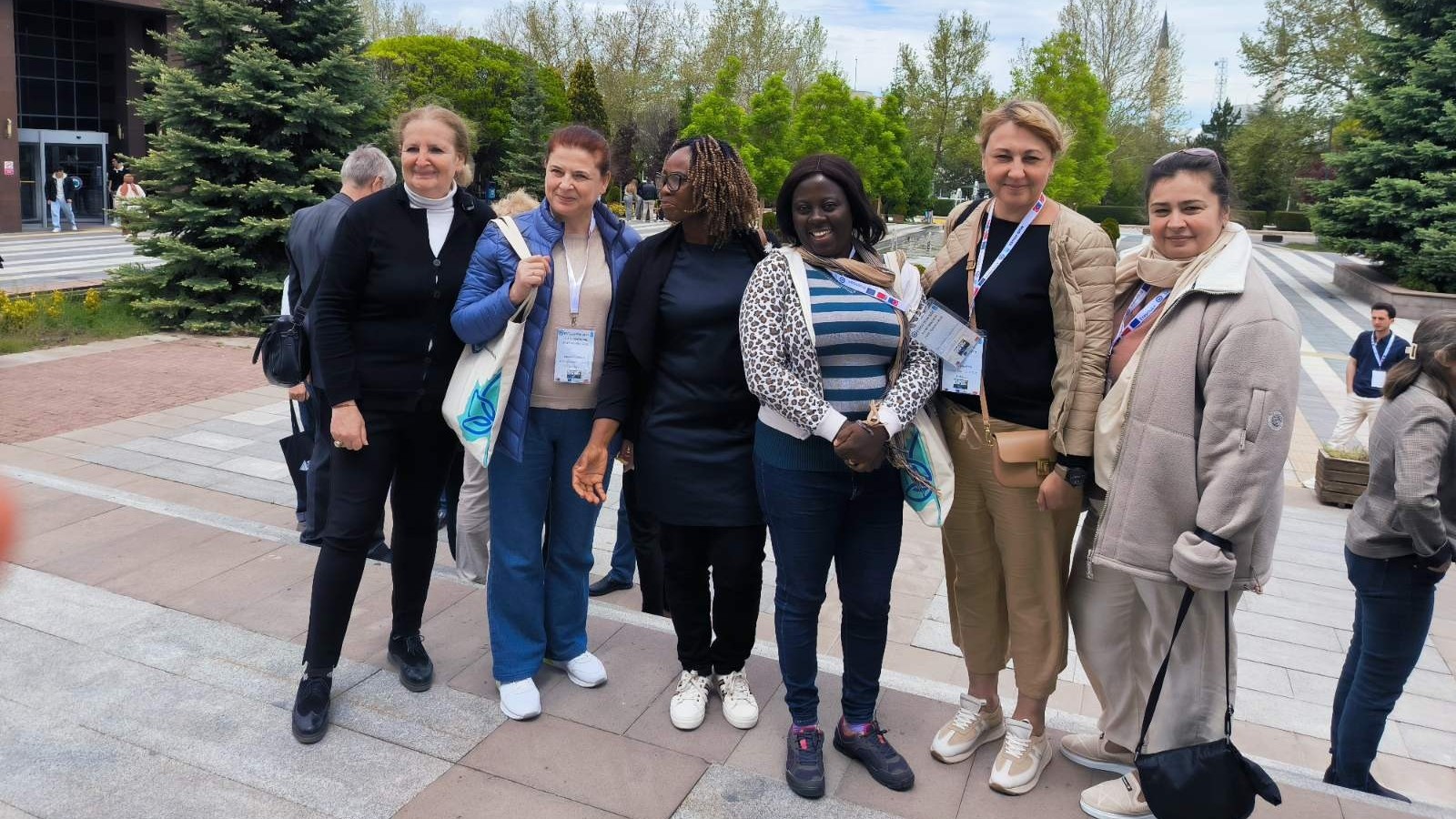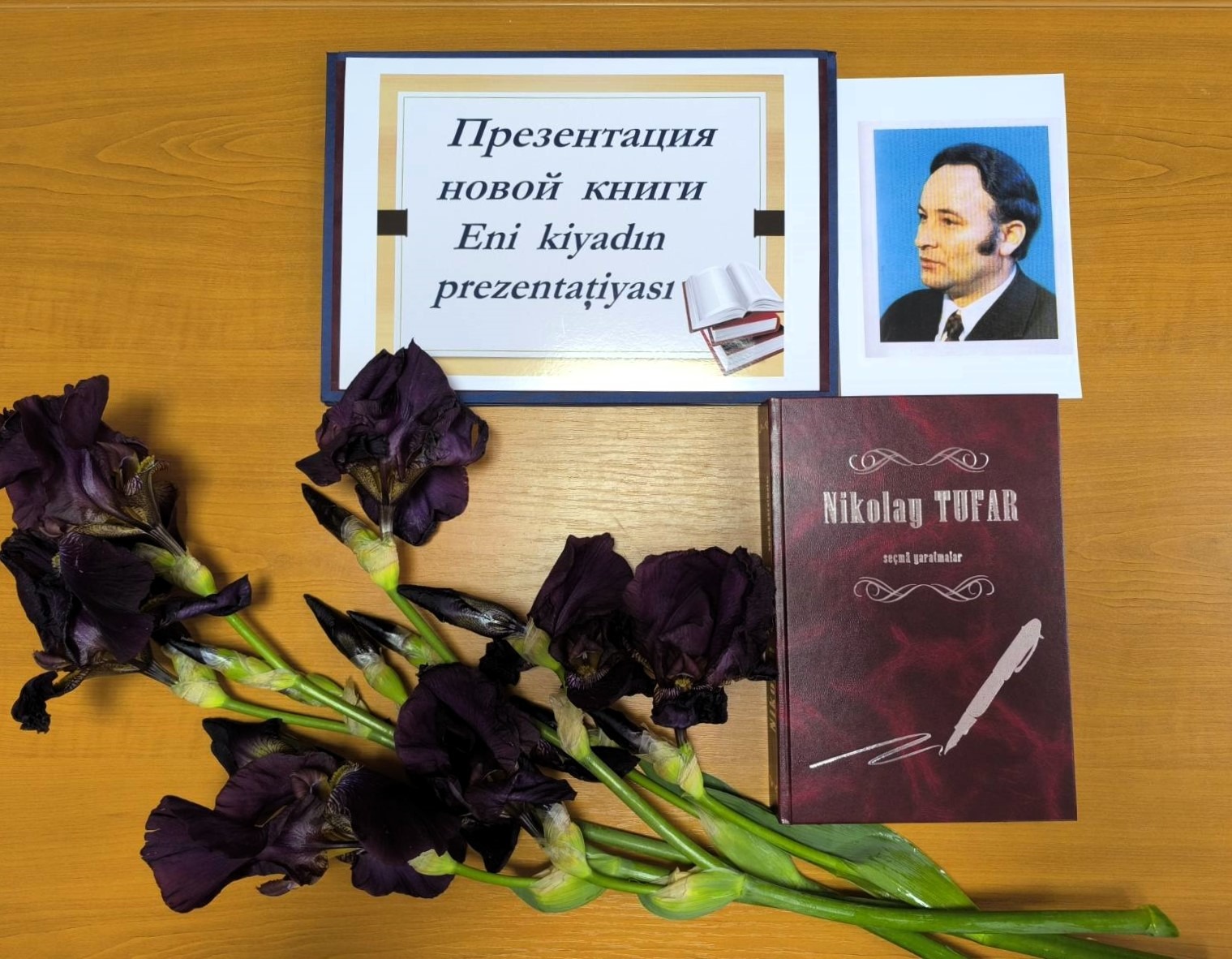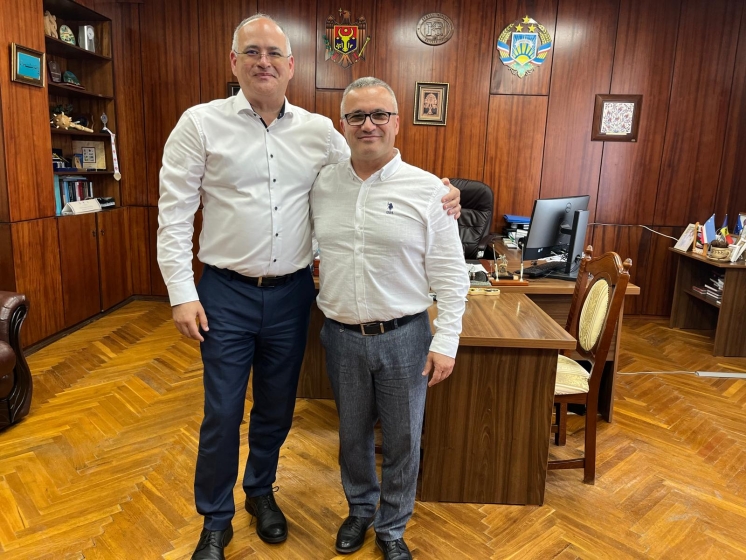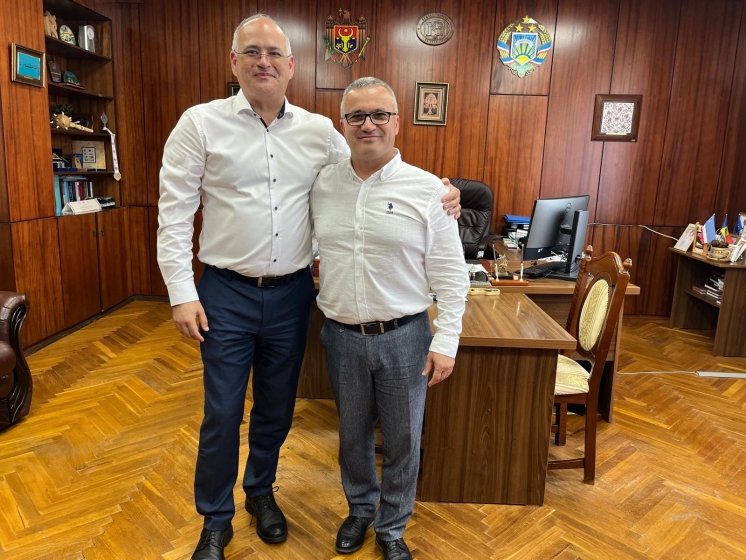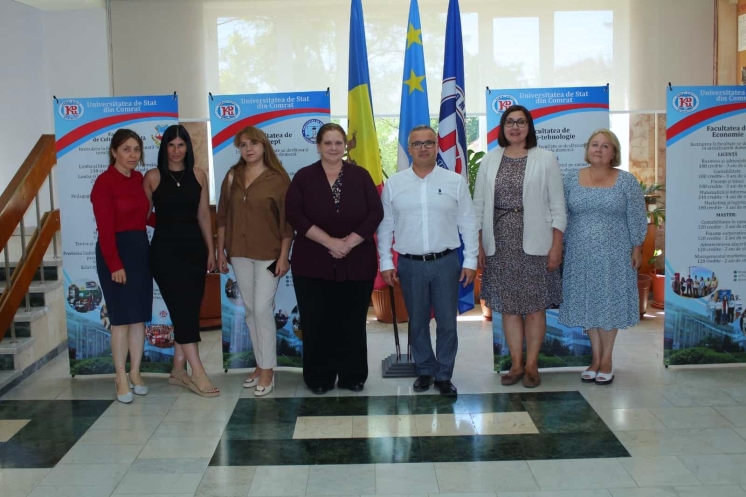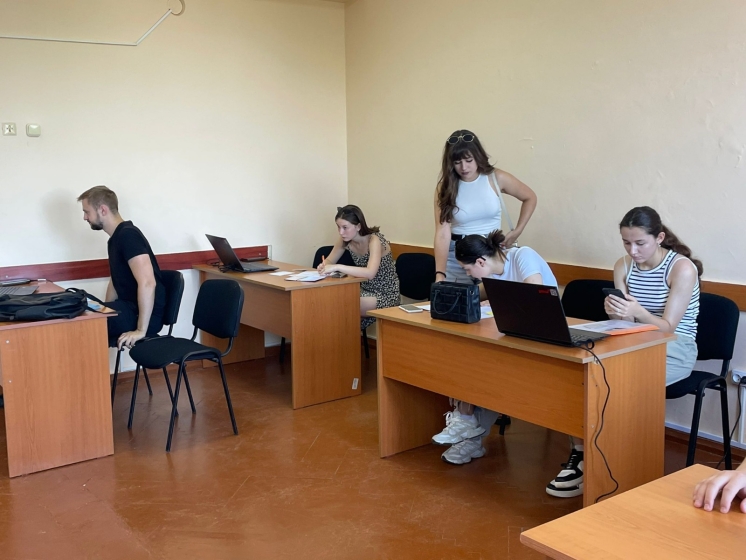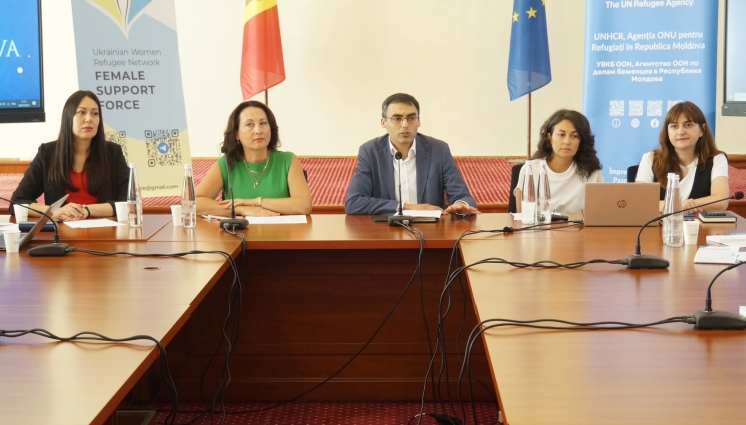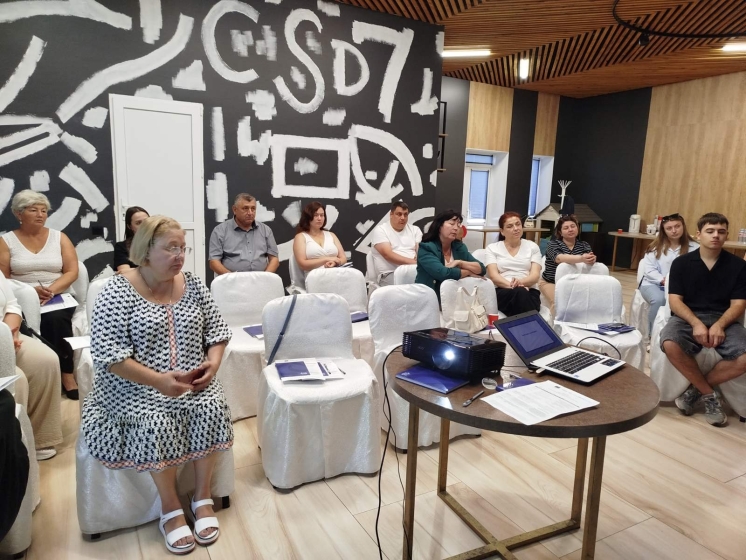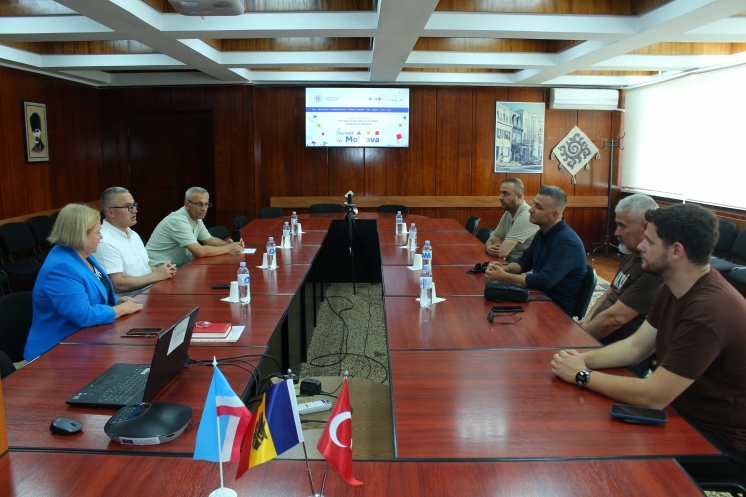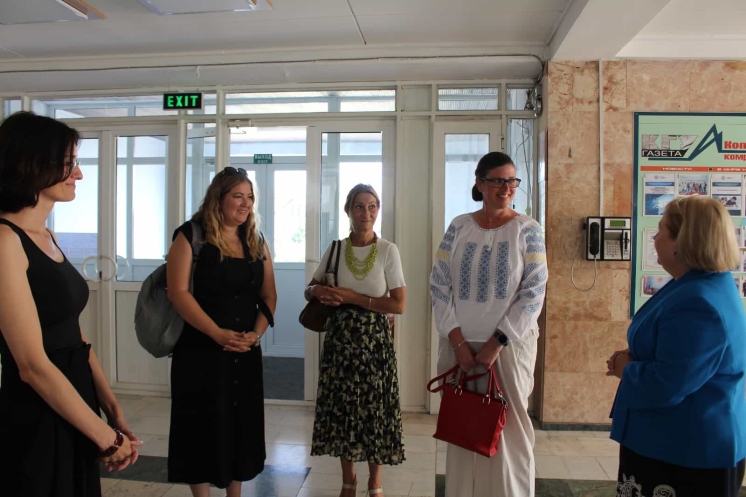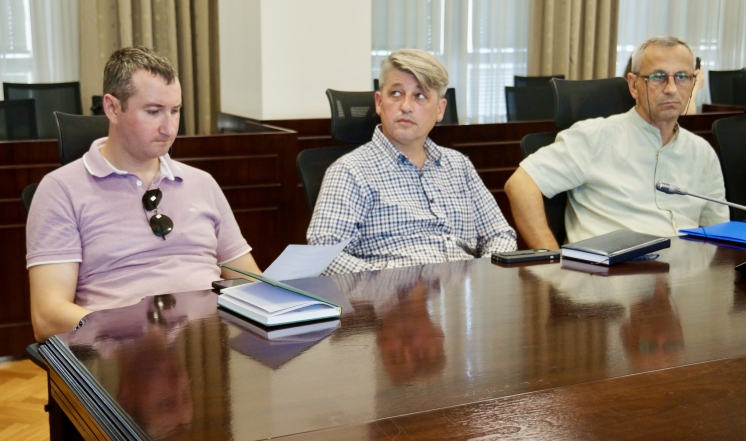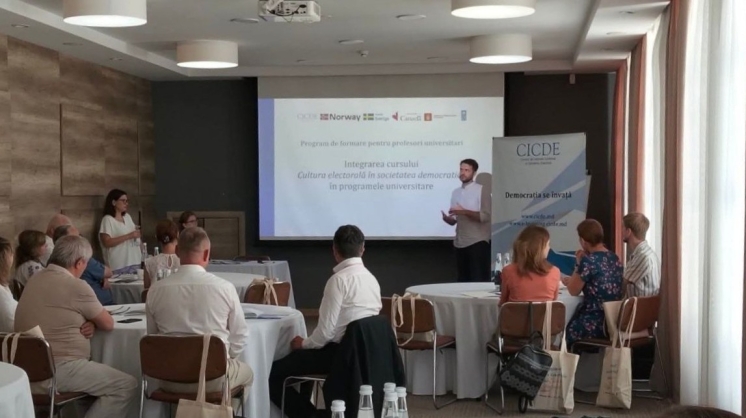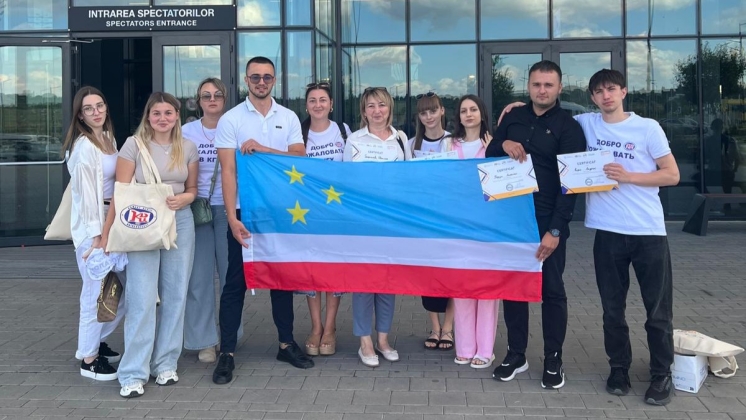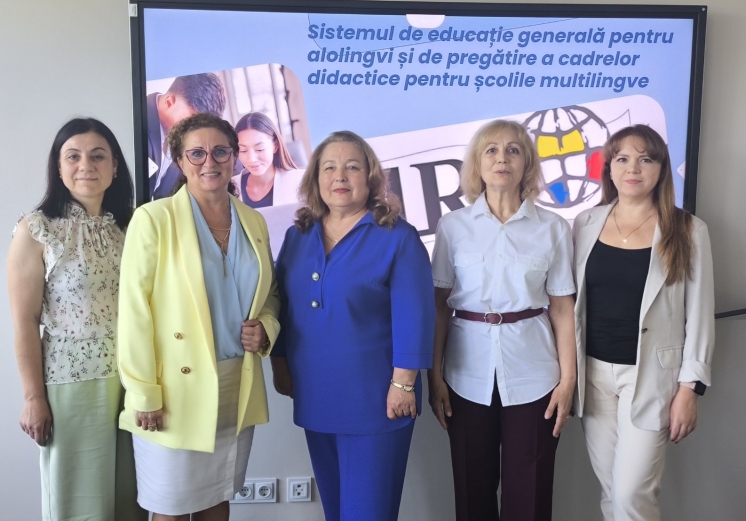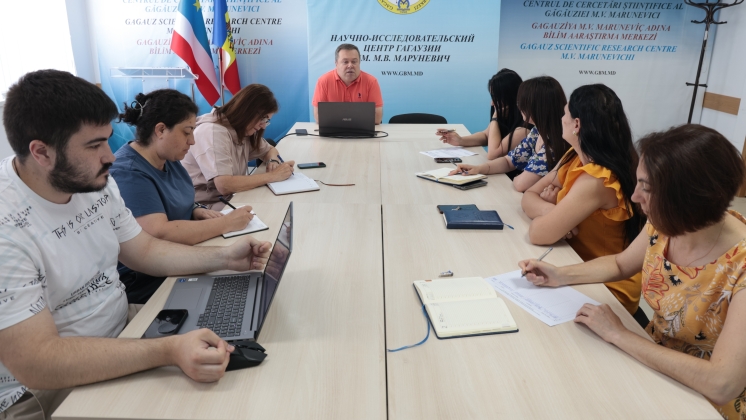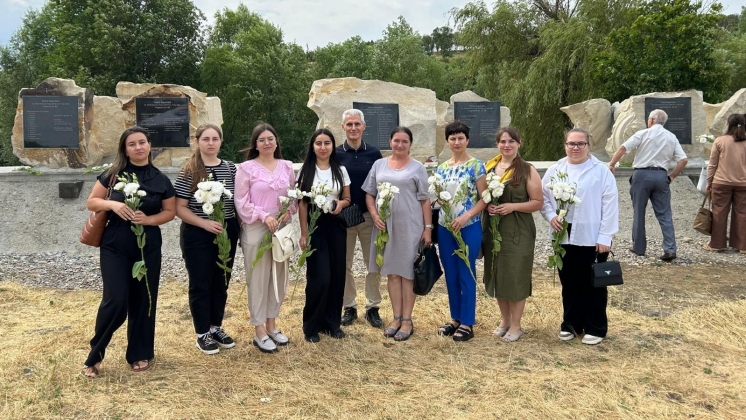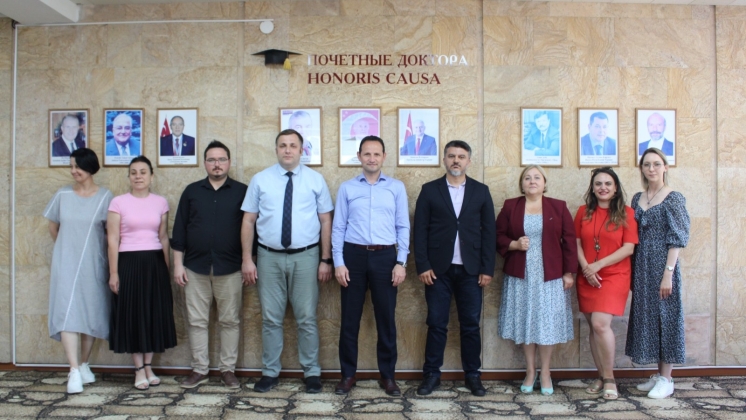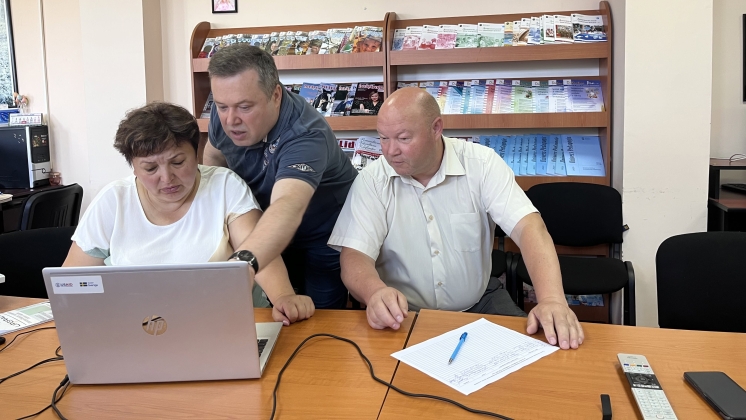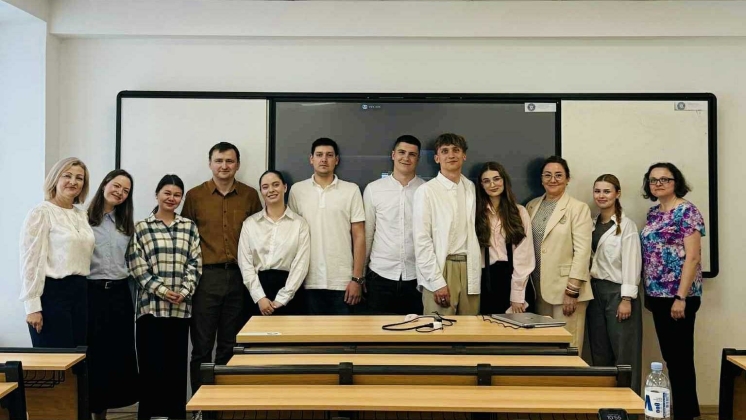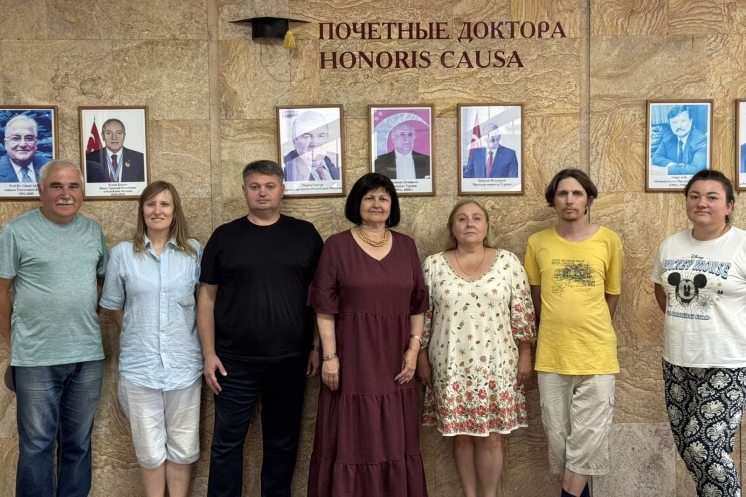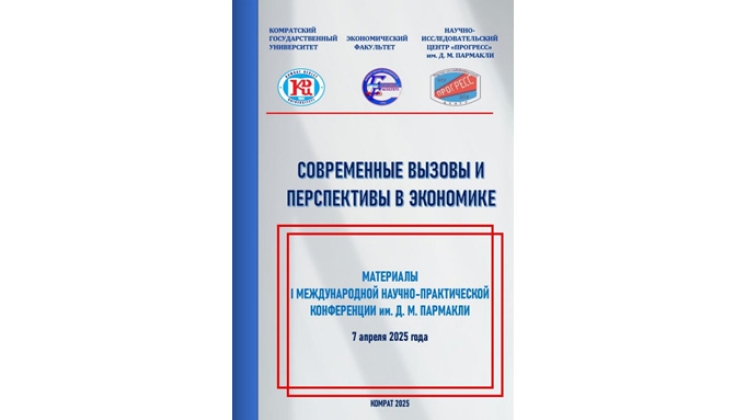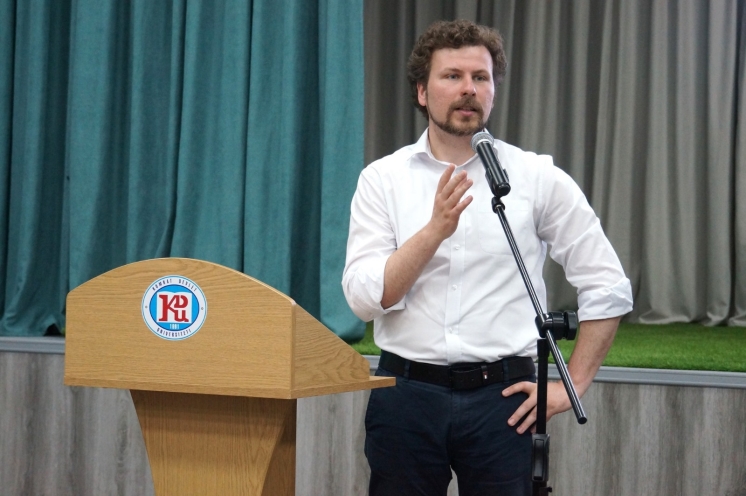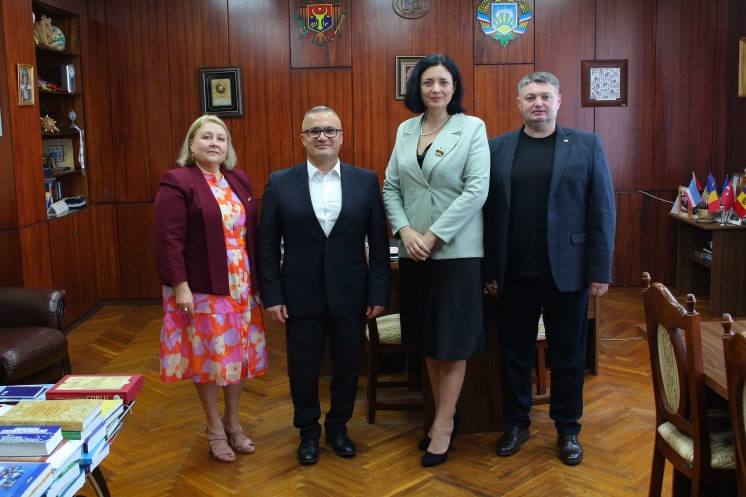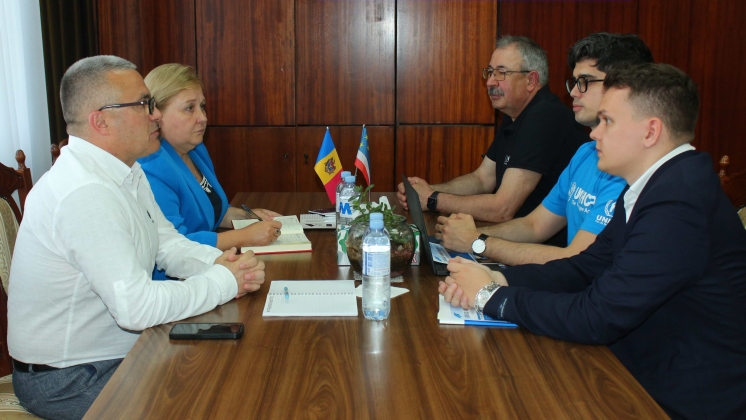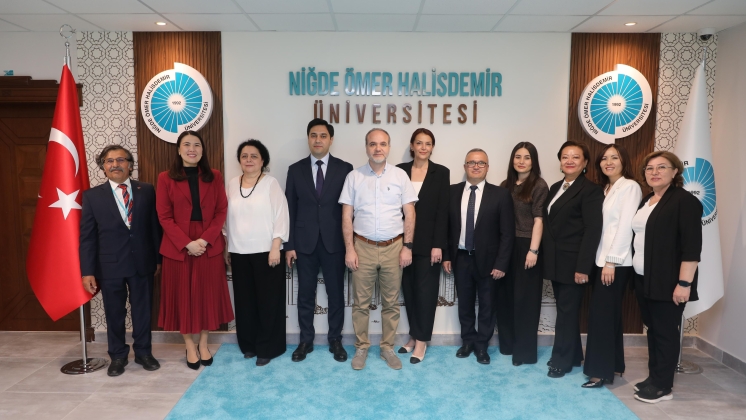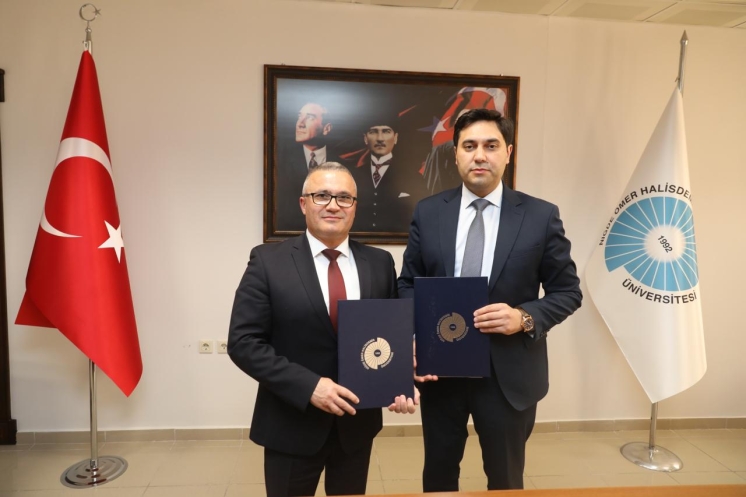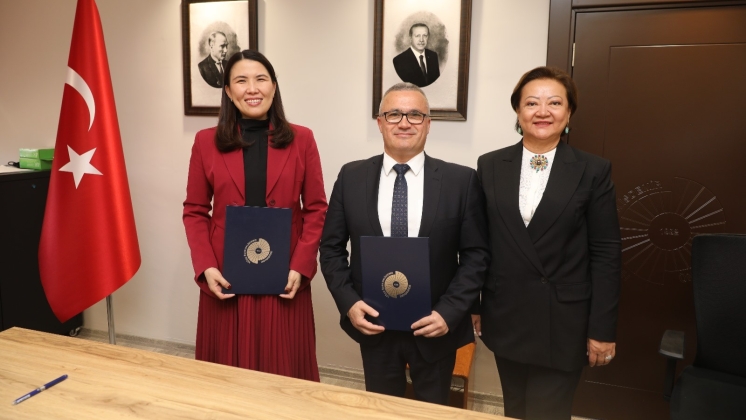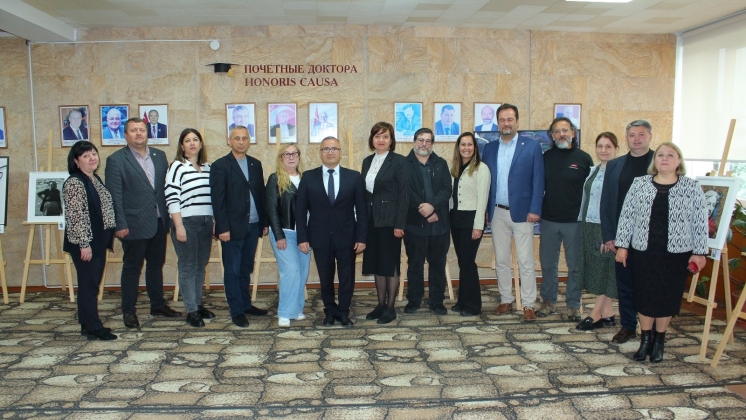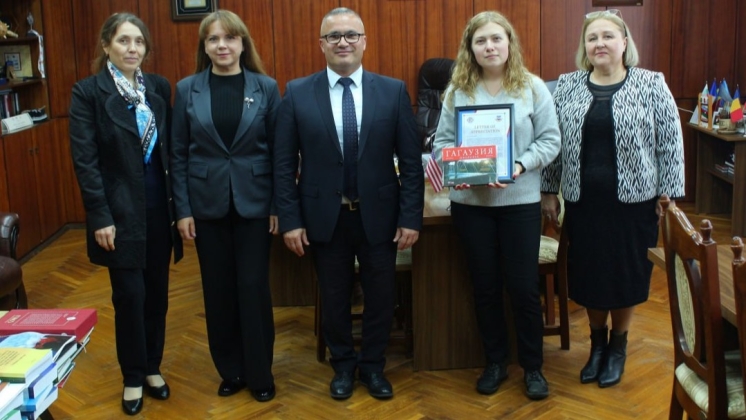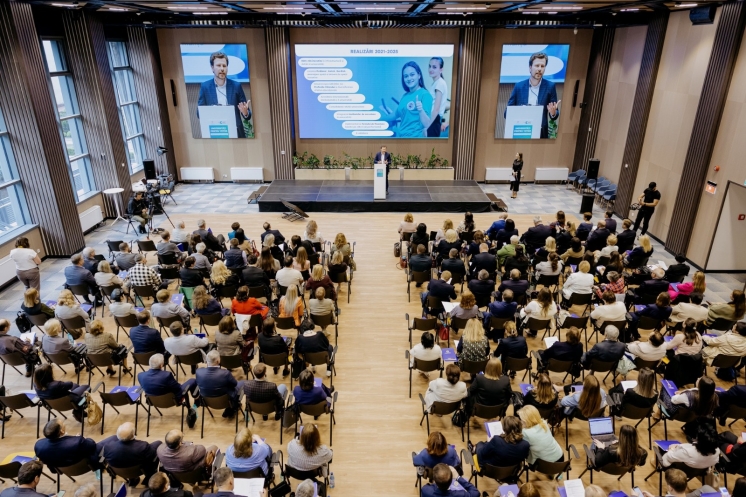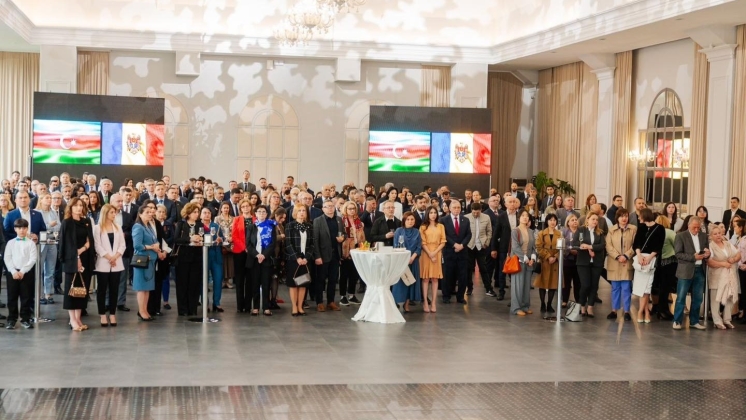
On July 5, 2025, students and staff of Comrat State University participated in commemorative events dedicated to the Day of Remembrance for the Victims of Political Repressions in the Republic of Moldova. Together with an initiative group of ATO Gagauzia citizens from the villages of Avdarma and the municipality of Ceadîr-Lunga, university representatives honored the memory of victims of Stalinist deportations. The event took place in the village of Mereni, Anenii Noi district, where two memorial sites were solemnly opened, dedicated to residents deported to Siberia: the monument "Trains of Great Sorrow" and the installation "Death Corridor." These commemorative structures are located within the open-air museum complex and pay tribute to the victims of Soviet-era repressions. A symbolic tunnel 35 meters long was also arranged, conveying the atmosphere of fear, isolation, and uncertainty experienced by the deportees. The memorials bear the engraved names of 181 villagers who became victims of the second wave of deportations in July 1949. The monument’s author, Gheorghe Postică, noted: "When the national archives were opened, we learned that our villagers were taken away in two trains to the Irkutsk region. Studying this data wagon by wagon gave rise to this idea." Those present emphasized the importance of preserving historical memory: "This is a tragic moment that must be shown to society. It is a sad but important event that we must tell future generations about. We must remember the crimes of the past so that they serve as a lesson for the present and future."
The Minister of Culture of the Republic of Moldova, Mr. Serghei Prodan, expressed hope that the memorial complex in Mereni will become a branch of the National Museum of History of Moldova: "We have proposed to consider the possibility of transforming this local museum into part of the National Museum of Memory of the Deportees and Victims of the Communist Regime."
On July 6, 2025, important events involving CSU staff were also held in the municipality of Ceadîr-Lunga. A large number of compatriots gathered to honor the memory of their Gagauz ancestors, who were unjustly deported without trial to Siberia. Citizens laid flowers at the monument dedicated to the deported victims and observed a moment of silence. Historians, researchers, and scholars (Dr. Octavian Țîcu, Ignat Kazmali, Svetlana Kapanji, and others) reported based on research that the operation was carried out with extreme brutality: Soviet soldiers surrounded the Gagauz villages, entered households, and arrested people without warning, without the right to object, and without allowing them to take food or clothing. Some locals who tried to flee were shot on the spot. After deportation, the property of these families – houses, animals, agricultural tools – was confiscated. Part of it was transferred to collective farms, and another part was distributed among the repressive apparatus: NKVD, nomenklatura, and local administration. Many deportees did not survive the journey or camps in Siberia, dying from hunger, cold, diseases, or exhausting labor. Arrests began in the middle of the night at 2:00 AM and continued until July 7, 1949. On the night of July 5–6, 1949, the largest wave of deportations occurred in Bessarabia: more than 11,000 families – about 36,000 people – were forcibly deported to Siberia.


